DIY Permanent Infrared DSLR Camera
by zorwick in Circuits > Cameras
118437 Views, 286 Favorites, 0 Comments
DIY Permanent Infrared DSLR Camera
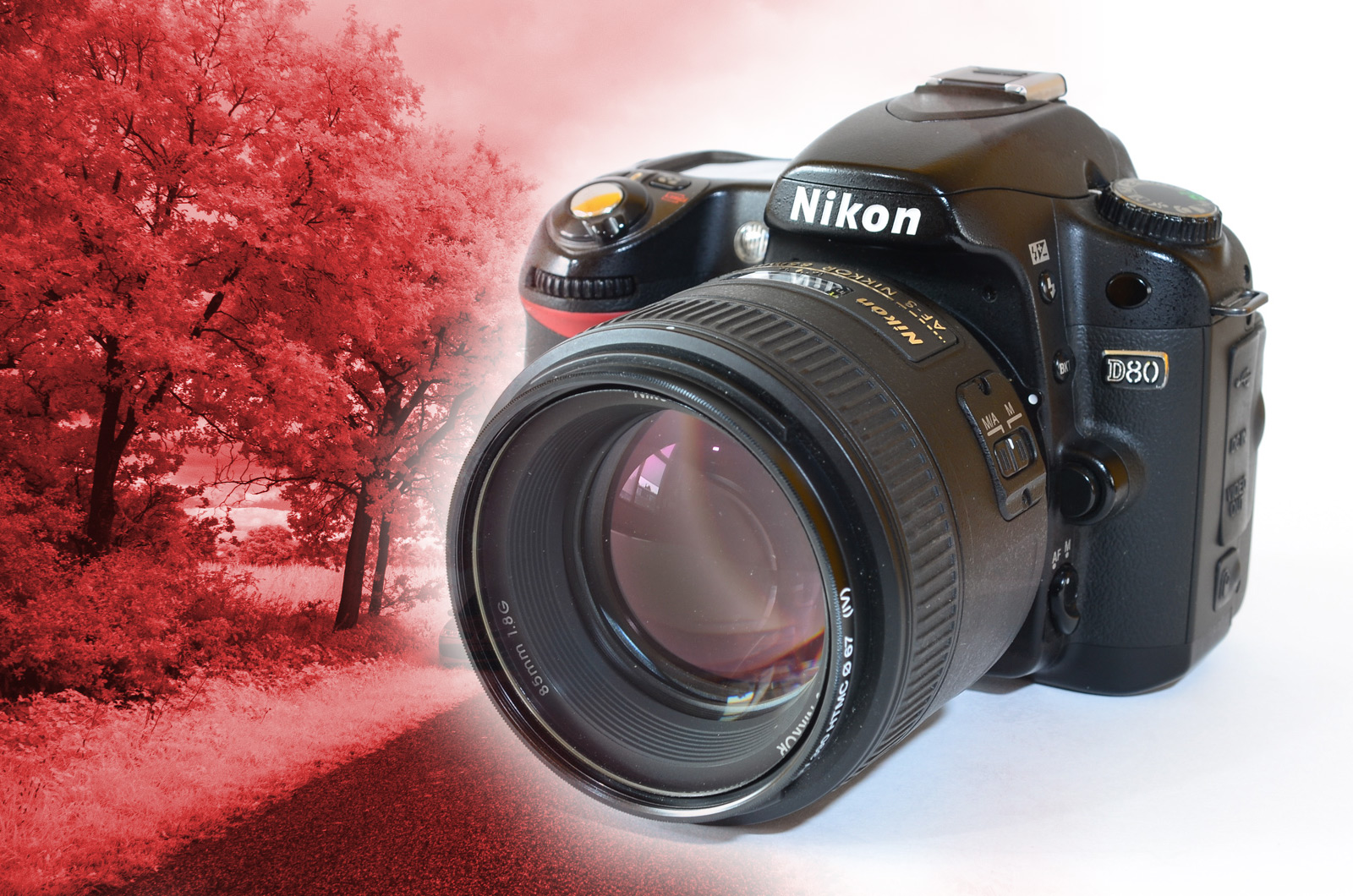
This instructable is based on another DIY tutorial, what I found on the web, of course changed here and there a bit to suit my possibilities.
http://eyesopen.org/2010/nikon-d80-infrared-conversion
I will not talk about infrared photography more than this DIY tutorial needs. There are plenty of informations on the net, even here on instructable.com or in books.
There are a few ways to take infrared photos.
The simple way is to use a plugin, or play in Photoshop curves and colors, but that always just some fake copy of an original infrared picture.
Most common is to buy an infrared filter, put to your lens and use it. There are several disadvantages with this. First the camera has a built in IR filter to block the IR rays. Second, you can not see and focus too much when the filter is on, so need a tripod, frame the shoot without the filter, fix the tripod, attach the filter, set the shutter (which will be long regarding the dark IR glass) and take your shoot. The IR filter will allow only IR rays to go through but the IR blocker at the sensor is filtering out, so those bright whites will fade out a bit and still need a lot of Photoshop to have that stunning effect! If you have many lenses with different size, then more filter needed or conversion rings.
The best way to use an IR camera, dedicated for IR shooting, but those are rare and expensive...
And you all know what is left! Do It Yourself :)
Obviously nobody wants to ruin an expensive camera, especially if it won't take normal pictures anymore, therefore the best thing is to buy some good older camera which is easy to modify. To use any of my Nikon lenses on the infrared camera I picked an older, but not too old D80.
The requirements were to have a big enough LCD, handle lenses with no focus motor built in, and have some advanced options to set up the camera for IR pictures.
Costs:
The used D80 was 130 euro. A used but perfect small IR filter was 18 euro.
The price of a good (HOYA) IR lens filter in 77mm size what I can use on my lenses and some additional converter rings cost 130+30 euro. See disadvantages above.
http://eyesopen.org/2010/nikon-d80-infrared-conversion
I will not talk about infrared photography more than this DIY tutorial needs. There are plenty of informations on the net, even here on instructable.com or in books.
There are a few ways to take infrared photos.
The simple way is to use a plugin, or play in Photoshop curves and colors, but that always just some fake copy of an original infrared picture.
Most common is to buy an infrared filter, put to your lens and use it. There are several disadvantages with this. First the camera has a built in IR filter to block the IR rays. Second, you can not see and focus too much when the filter is on, so need a tripod, frame the shoot without the filter, fix the tripod, attach the filter, set the shutter (which will be long regarding the dark IR glass) and take your shoot. The IR filter will allow only IR rays to go through but the IR blocker at the sensor is filtering out, so those bright whites will fade out a bit and still need a lot of Photoshop to have that stunning effect! If you have many lenses with different size, then more filter needed or conversion rings.
The best way to use an IR camera, dedicated for IR shooting, but those are rare and expensive...
And you all know what is left! Do It Yourself :)
Obviously nobody wants to ruin an expensive camera, especially if it won't take normal pictures anymore, therefore the best thing is to buy some good older camera which is easy to modify. To use any of my Nikon lenses on the infrared camera I picked an older, but not too old D80.
The requirements were to have a big enough LCD, handle lenses with no focus motor built in, and have some advanced options to set up the camera for IR pictures.
Costs:
The used D80 was 130 euro. A used but perfect small IR filter was 18 euro.
The price of a good (HOYA) IR lens filter in 77mm size what I can use on my lenses and some additional converter rings cost 130+30 euro. See disadvantages above.
Tools, Materials
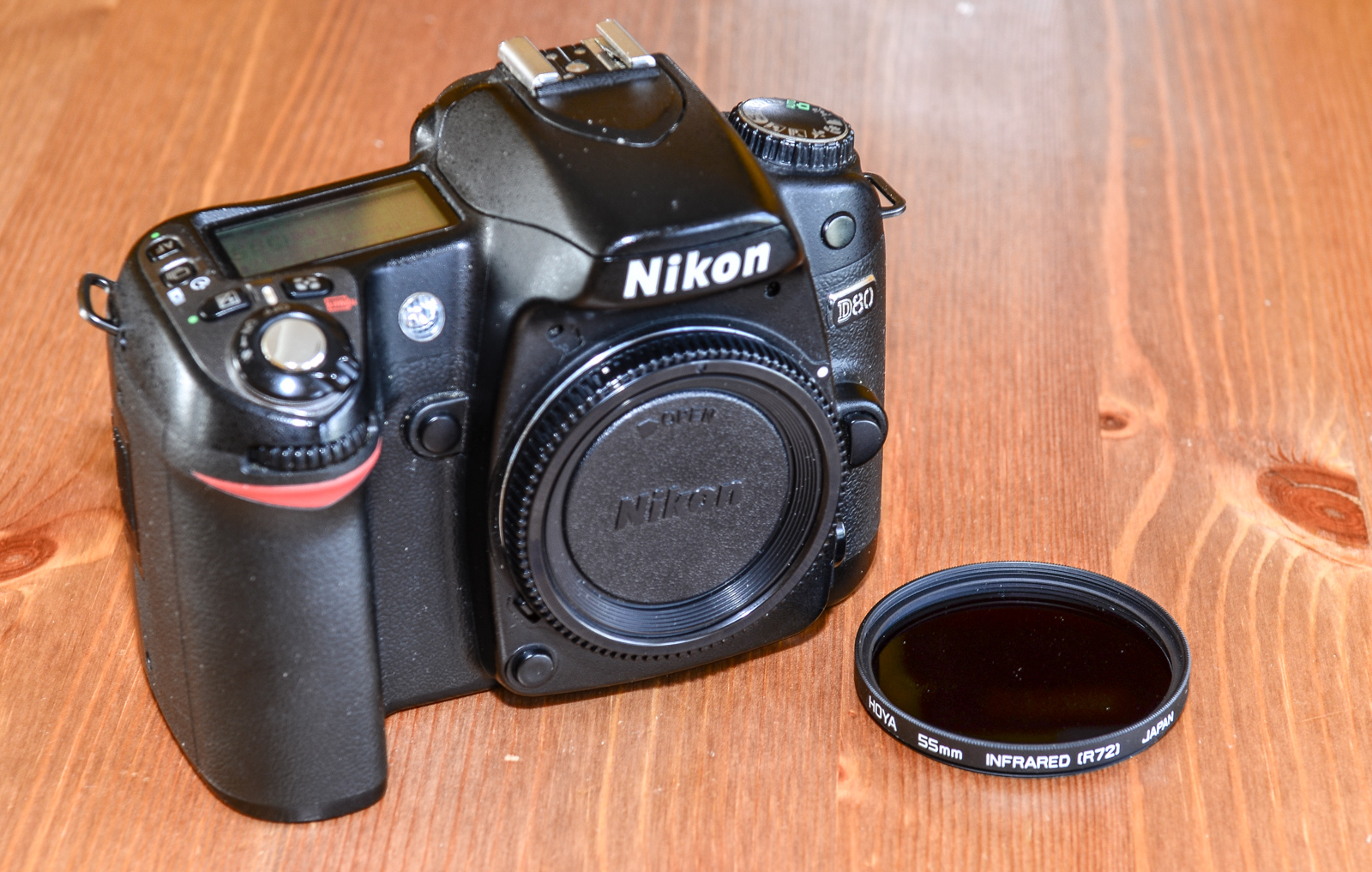
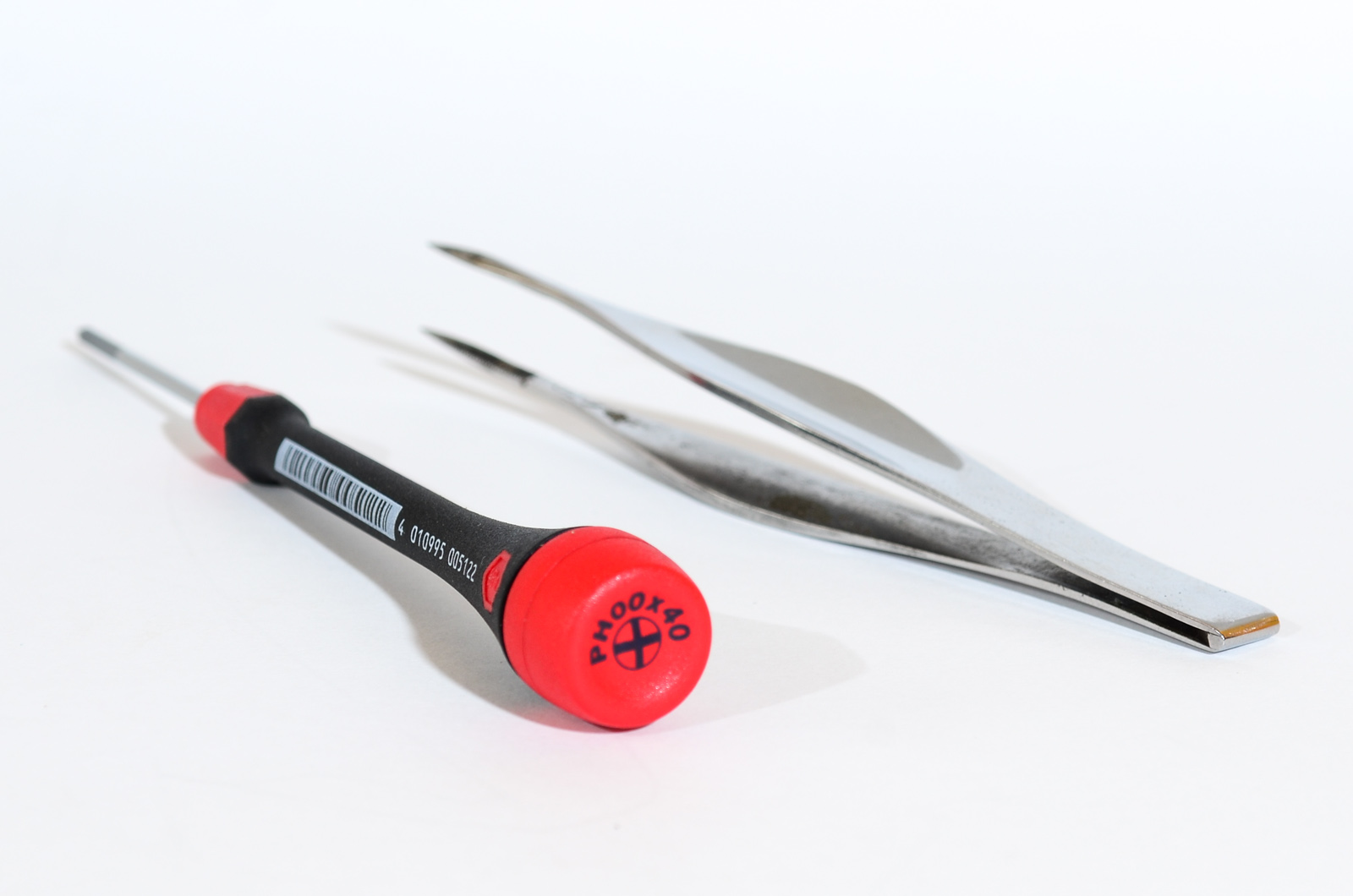
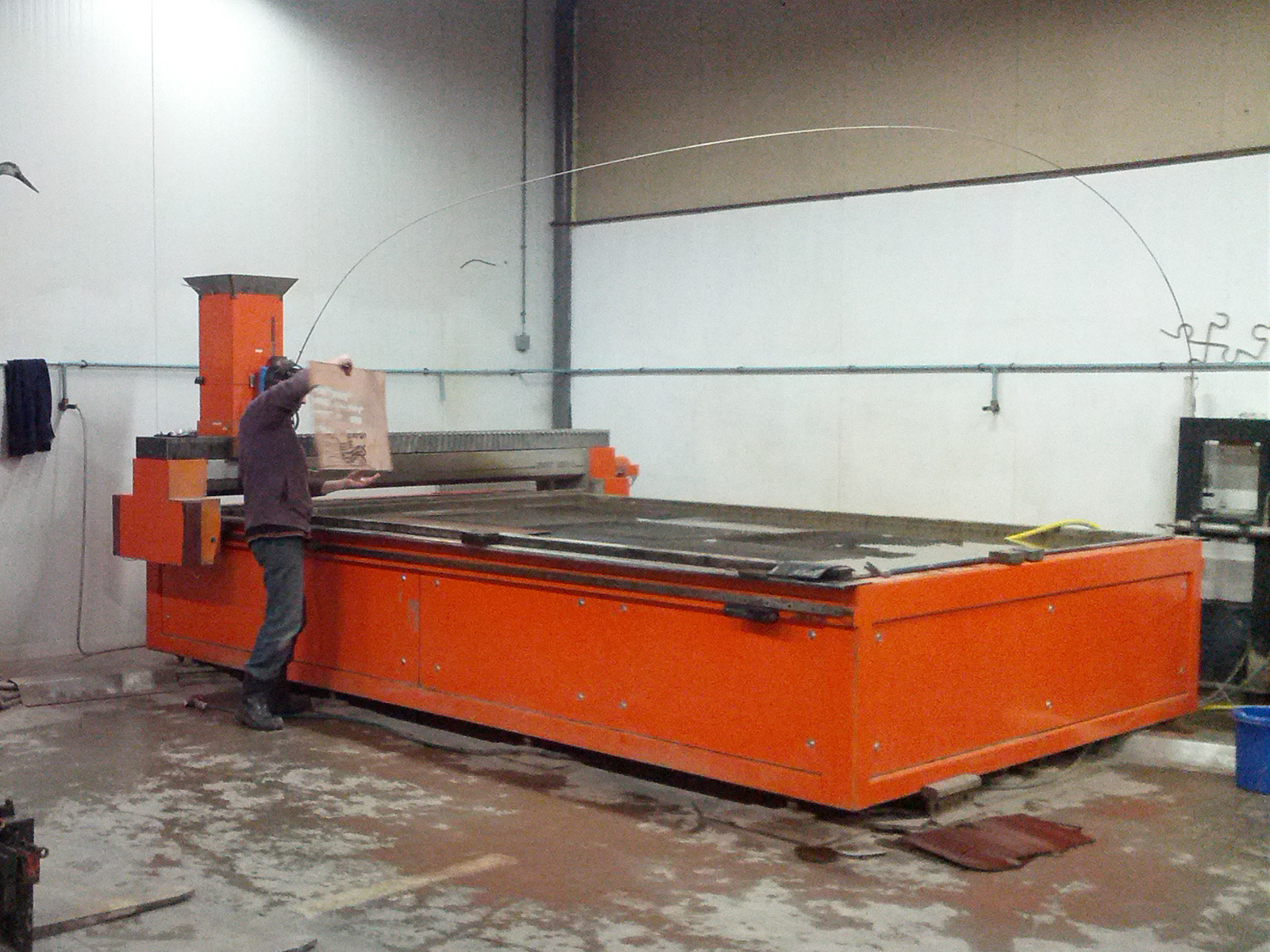
- used Nikon D80 camera
- any 50+mm IR filter
To open the camera only one tool needed, a Philips 00 screwdriver. Just in case I had a small precise tweezer with me.
To cut the filter to the desired size I used a water-jet machine, but it can be cut by hand.
- any 50+mm IR filter
To open the camera only one tool needed, a Philips 00 screwdriver. Just in case I had a small precise tweezer with me.
To cut the filter to the desired size I used a water-jet machine, but it can be cut by hand.
Step by Step
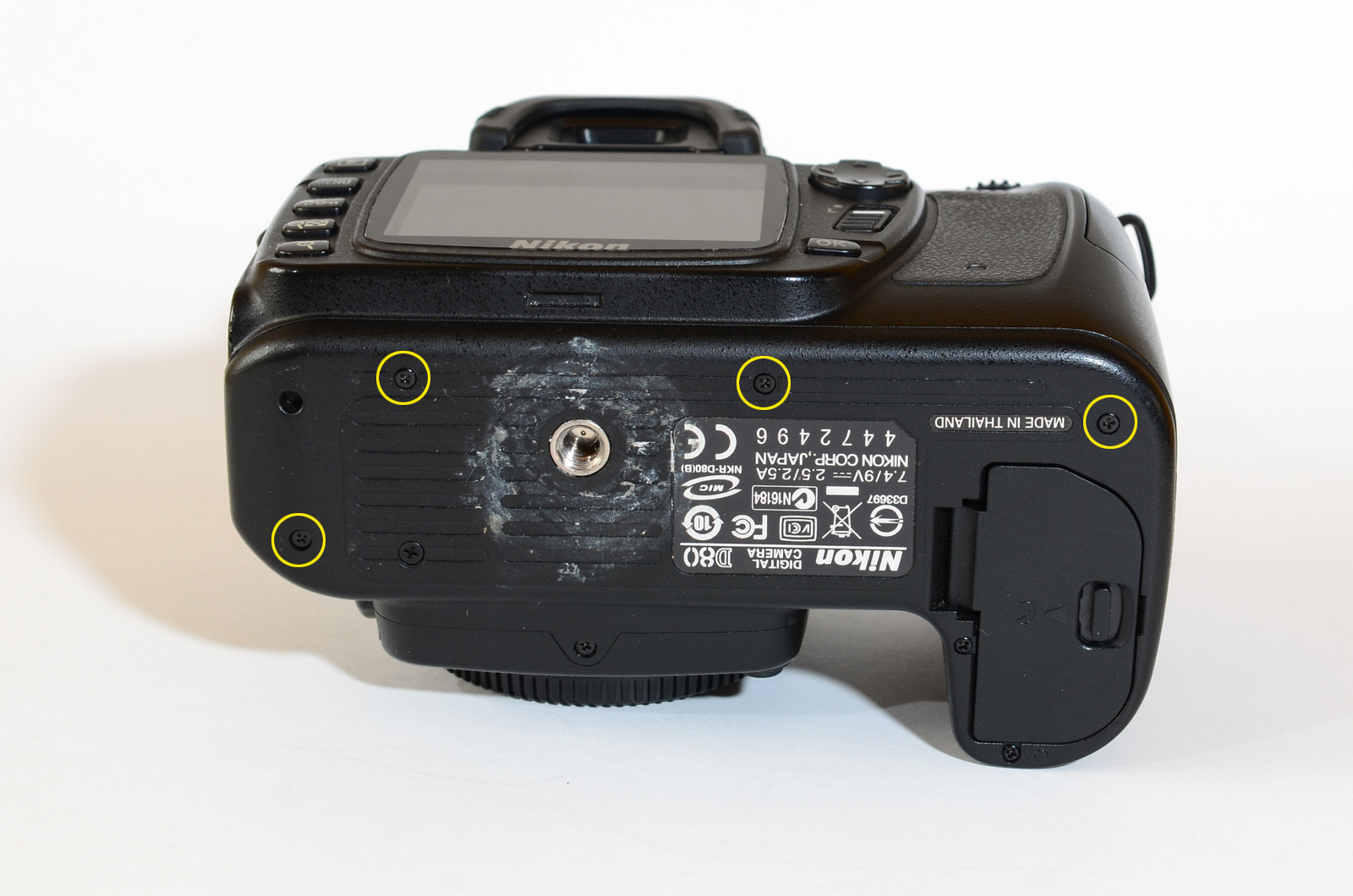
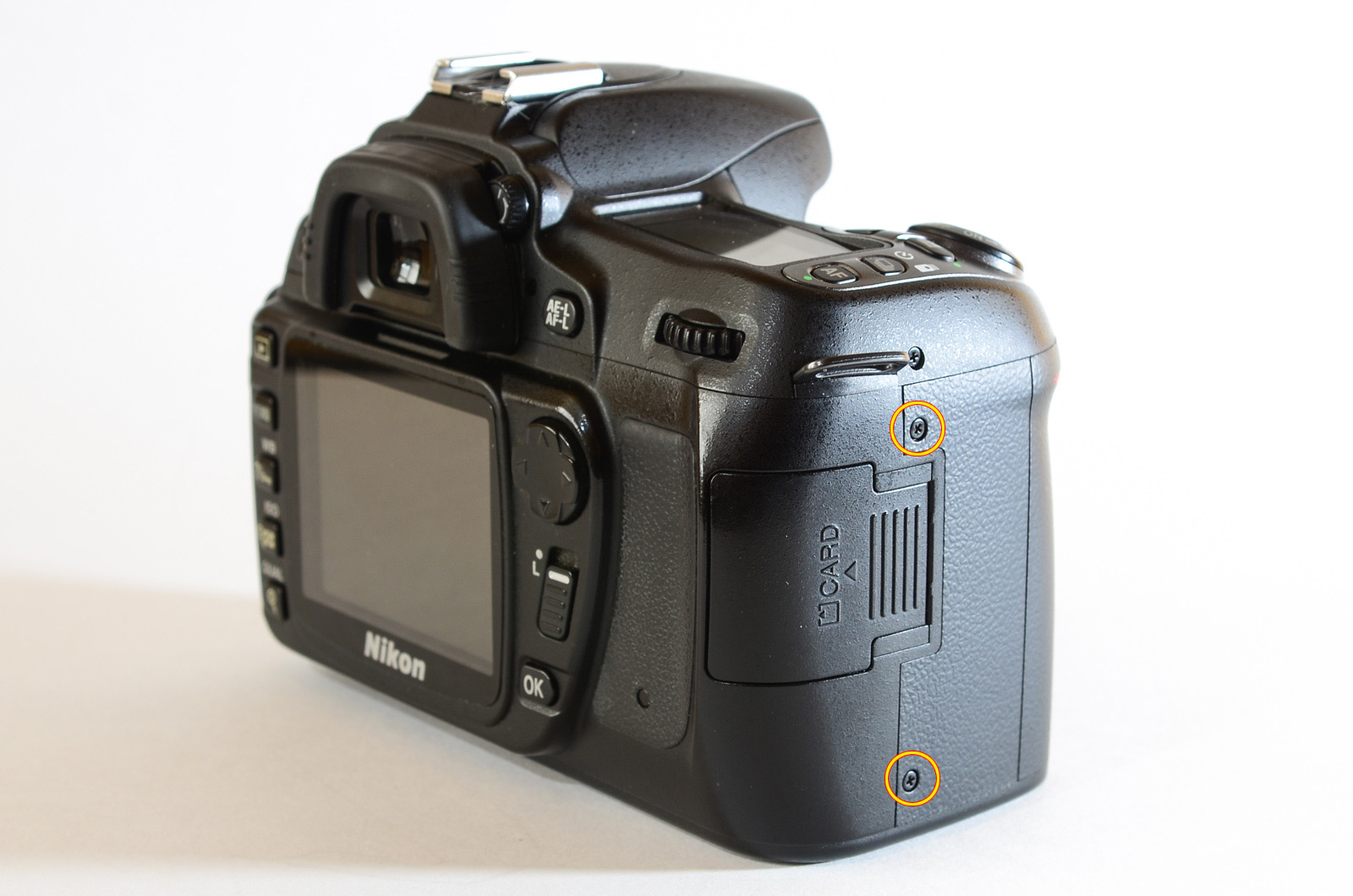
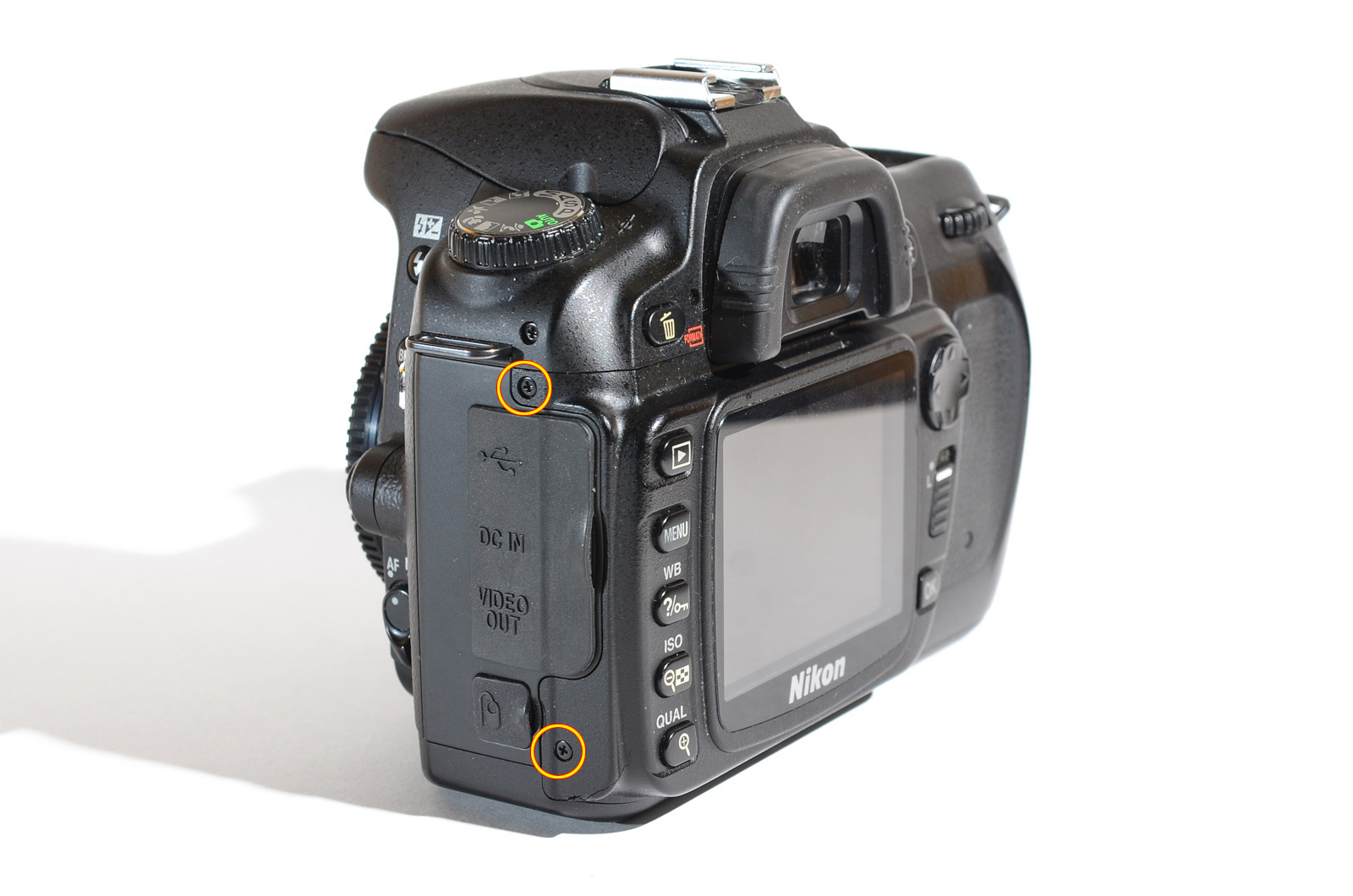
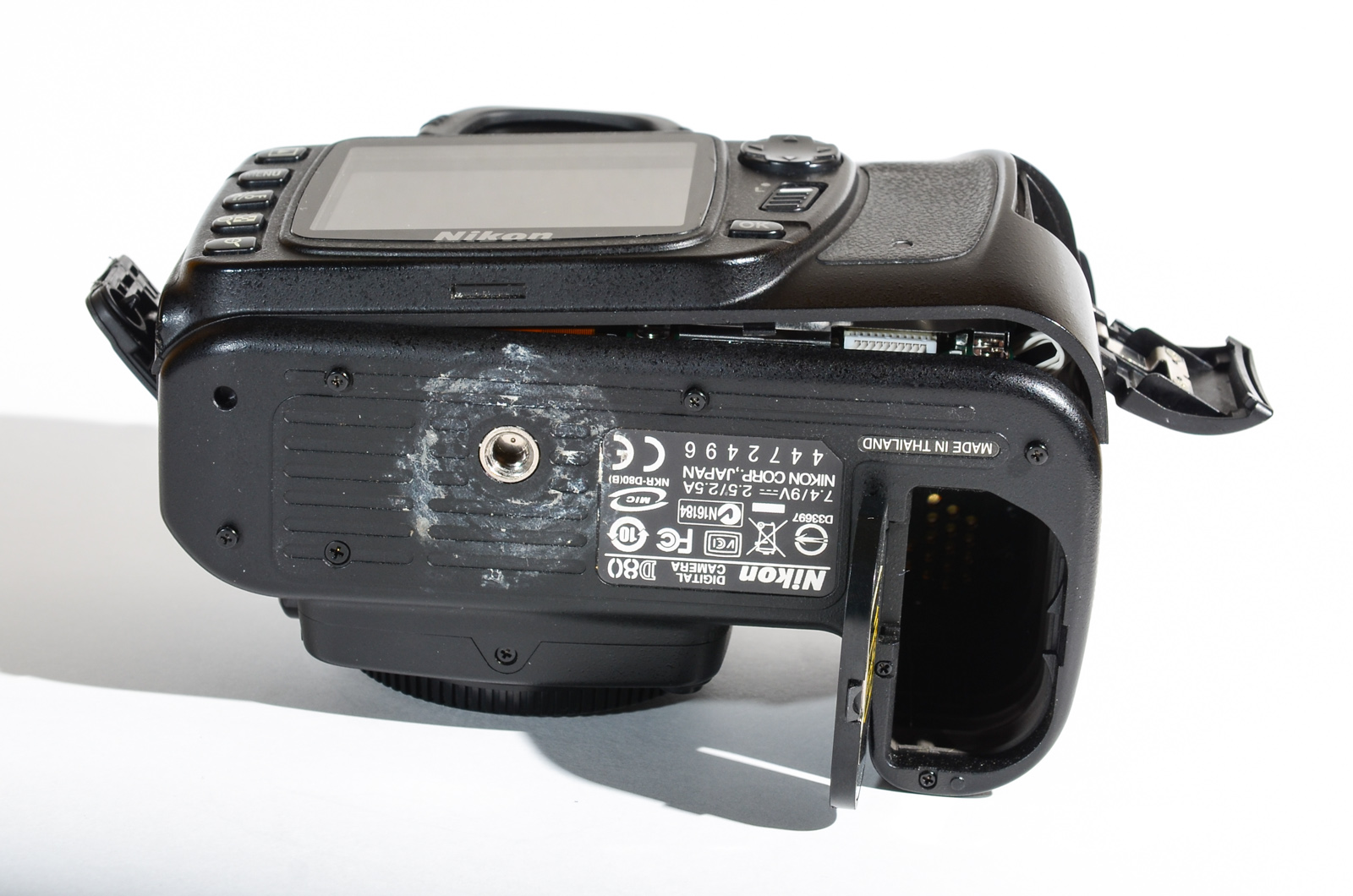
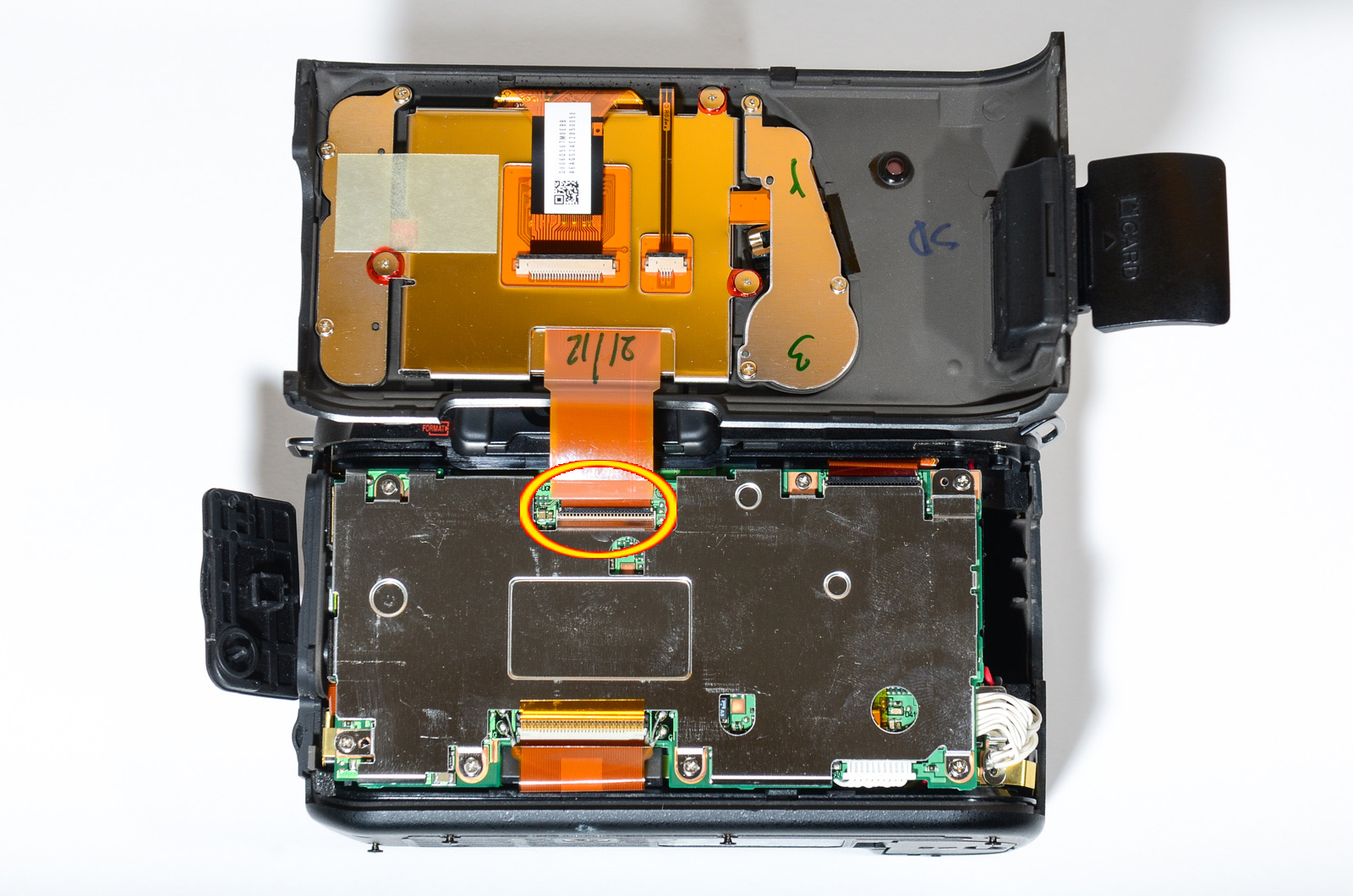
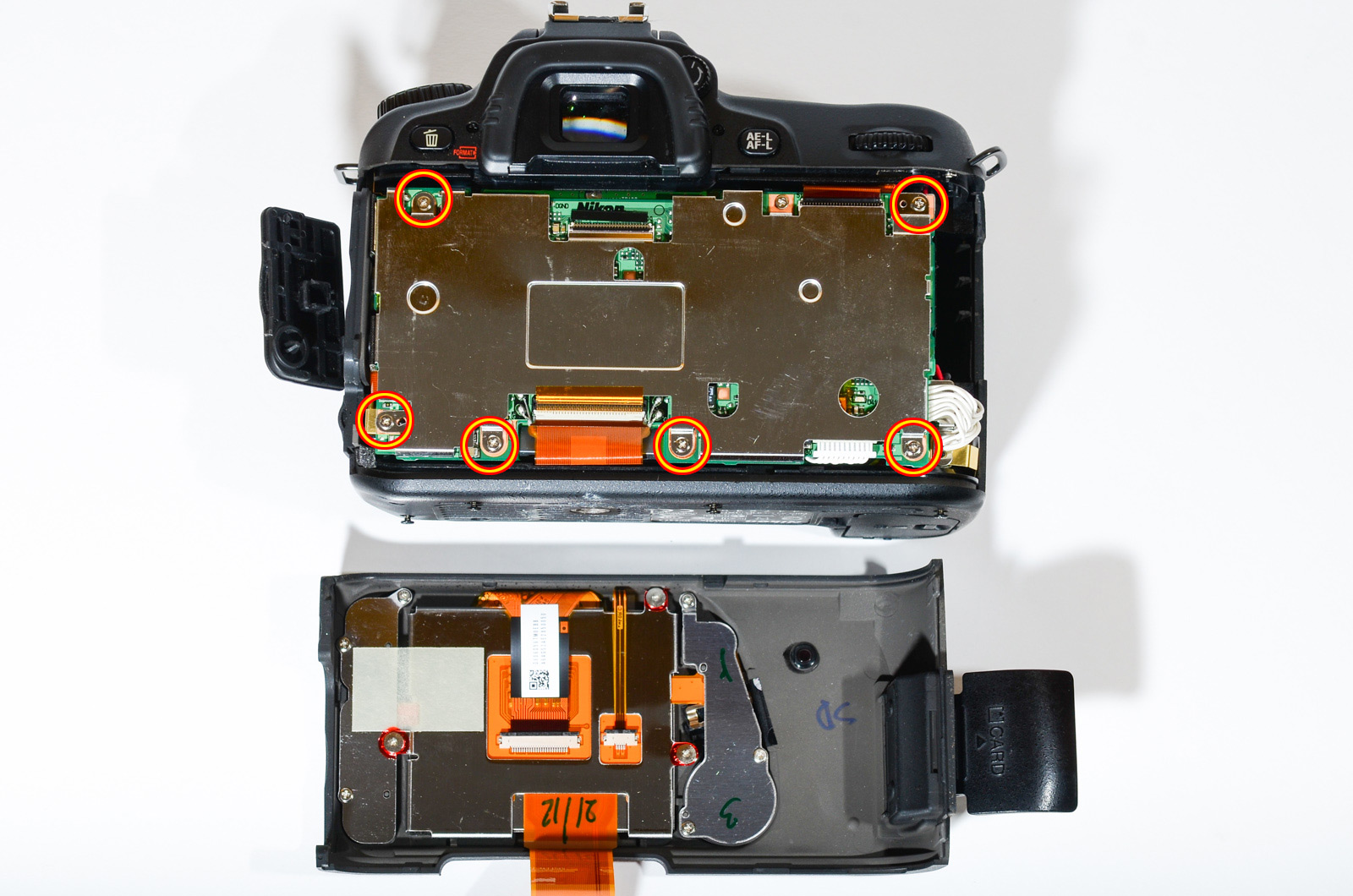
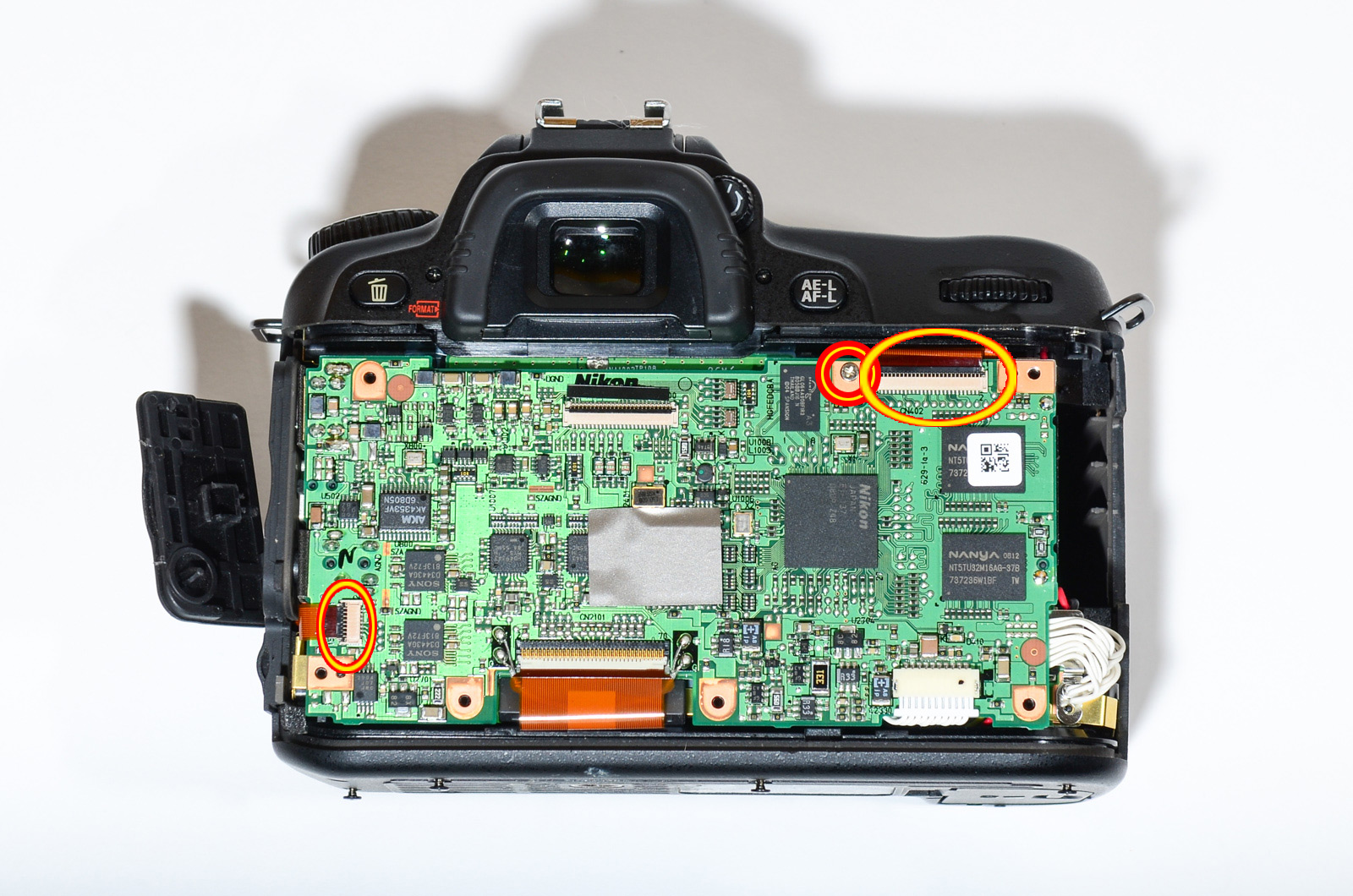
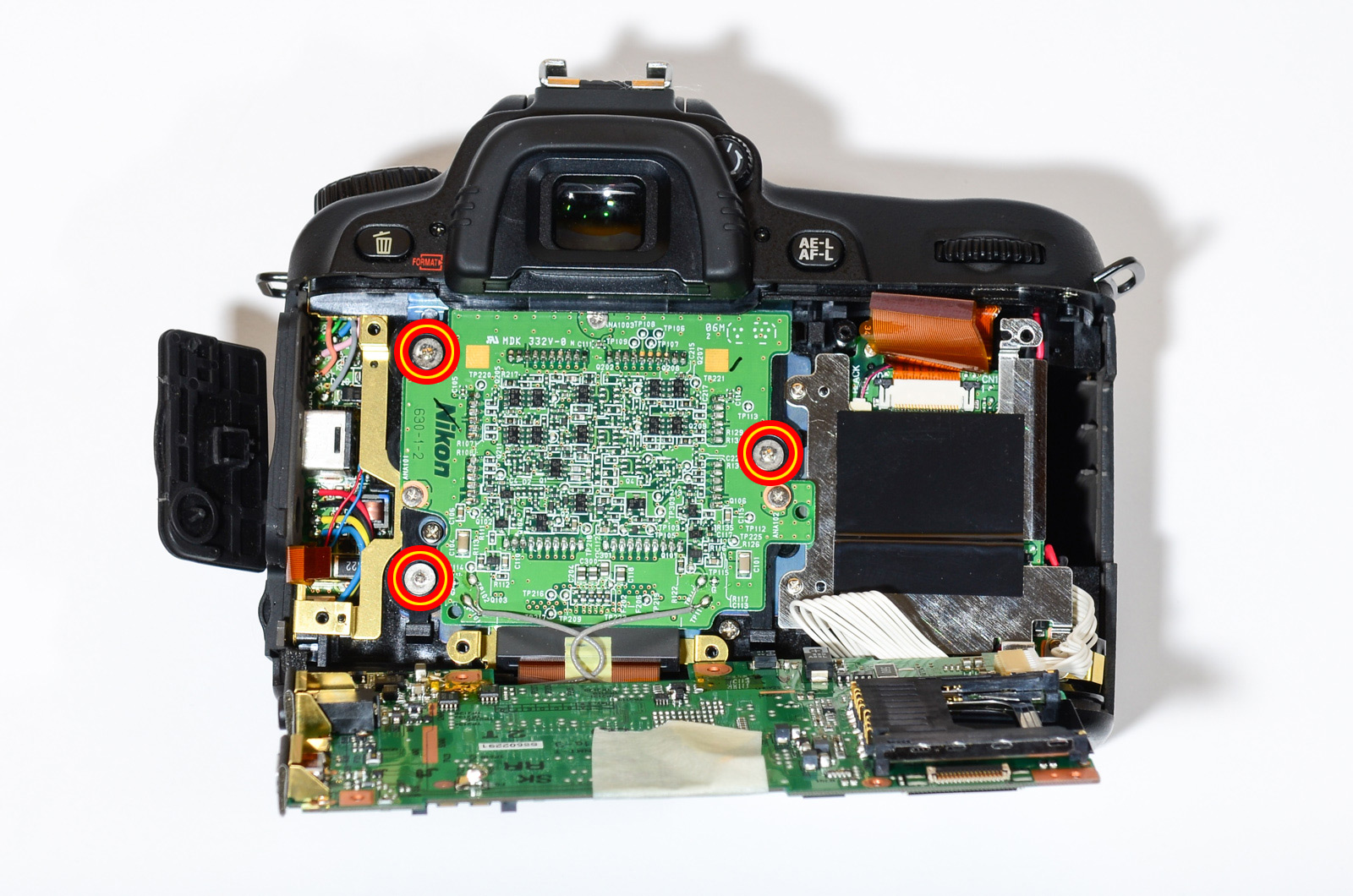
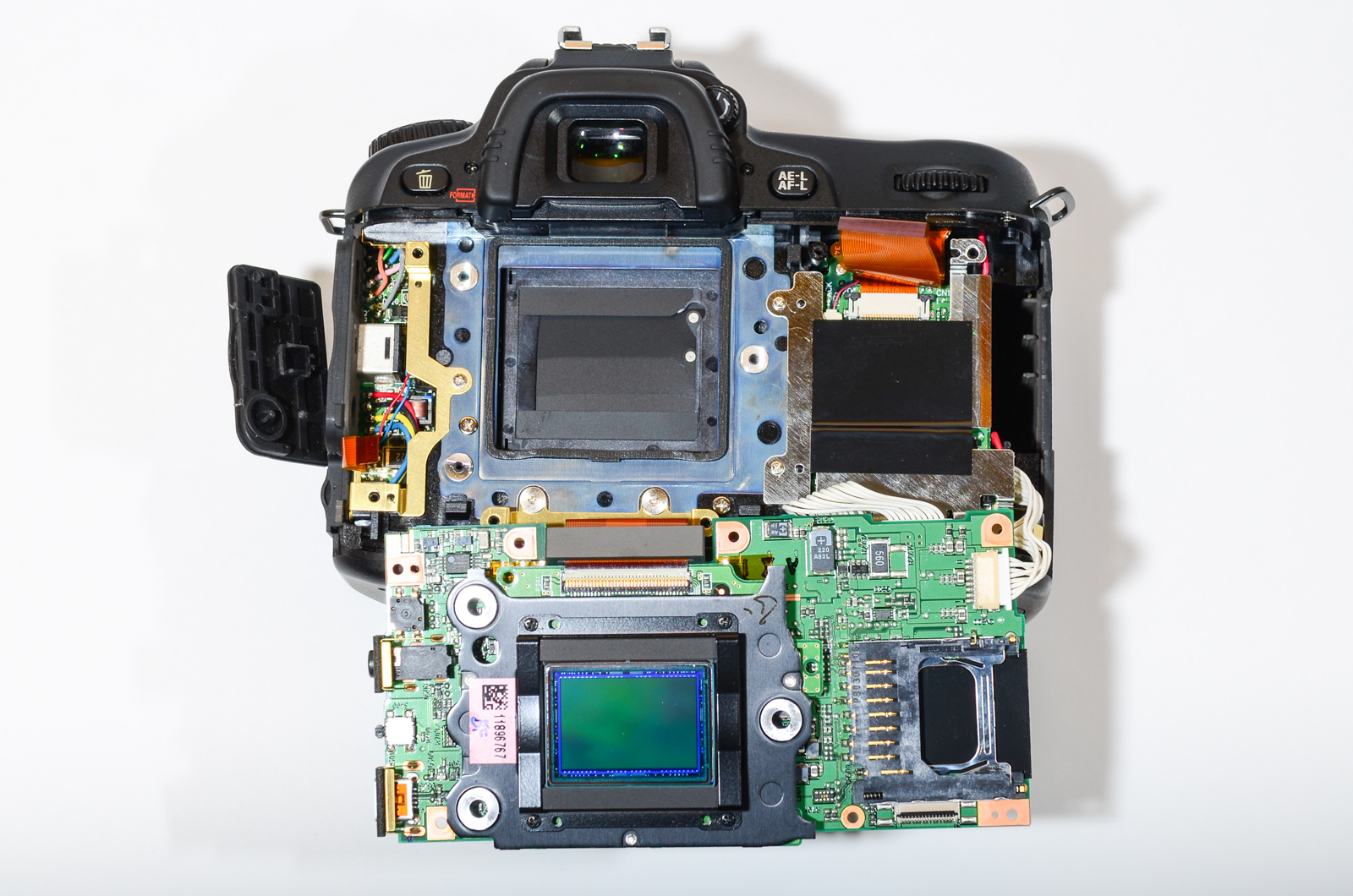
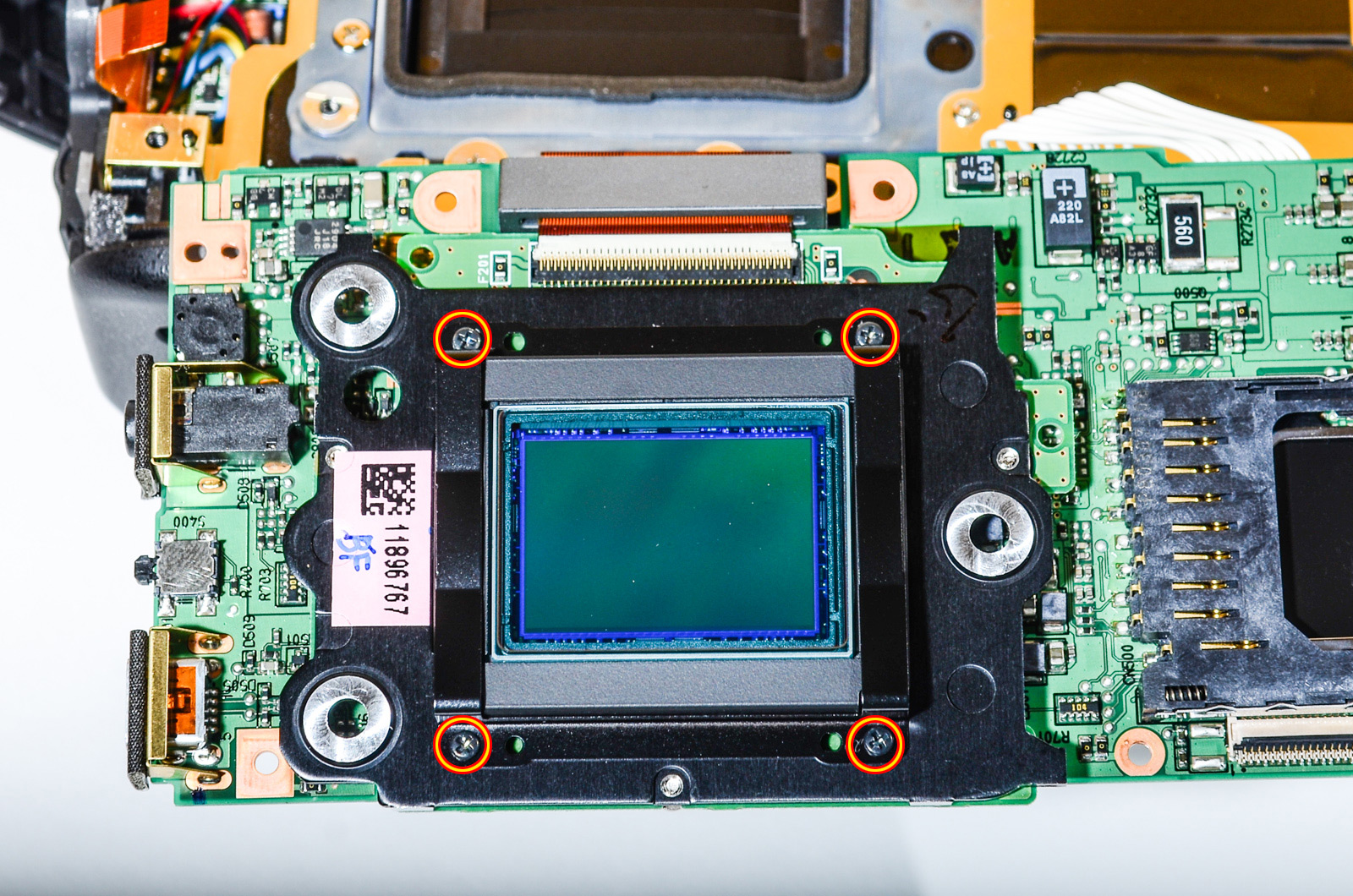
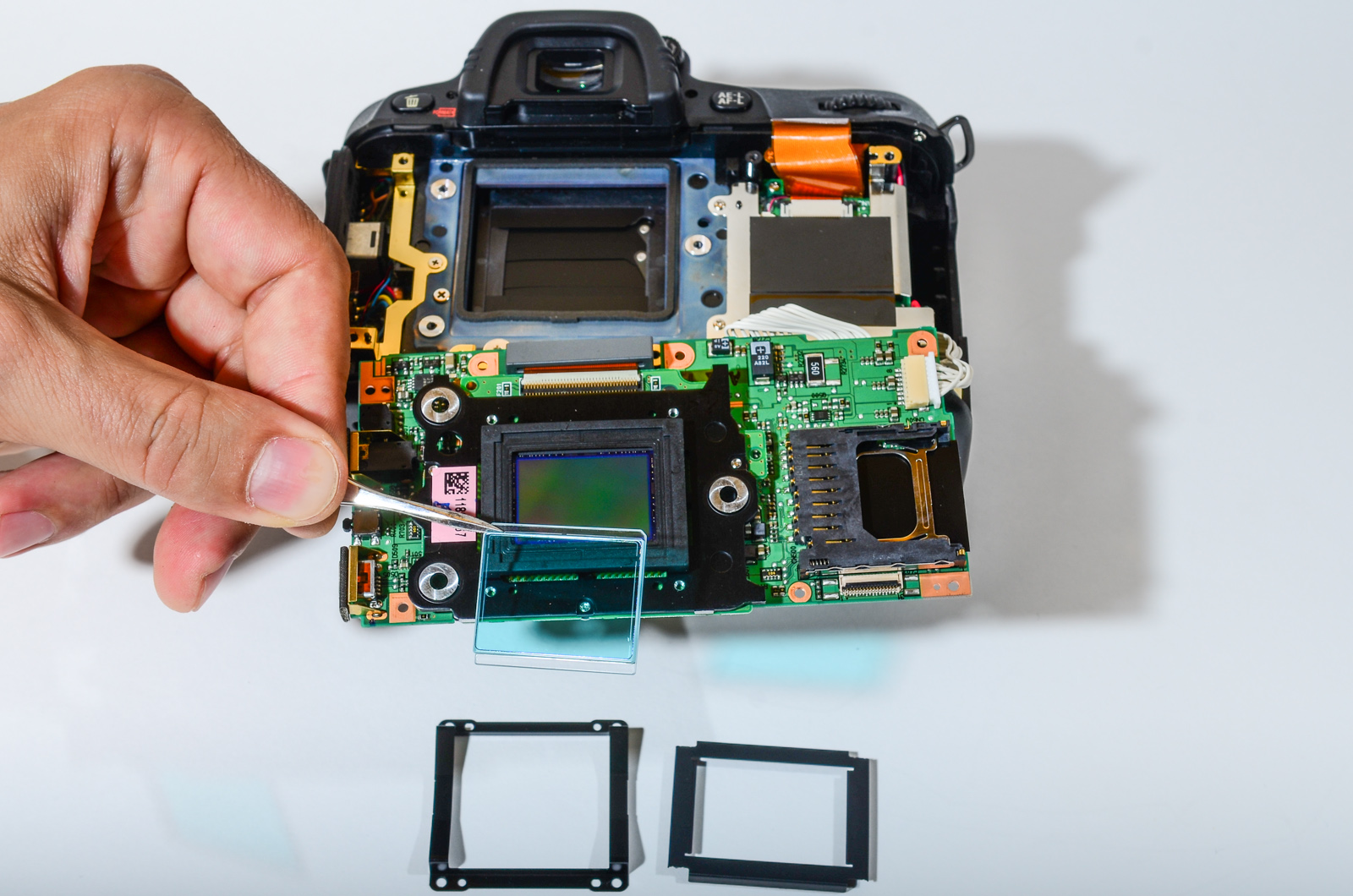
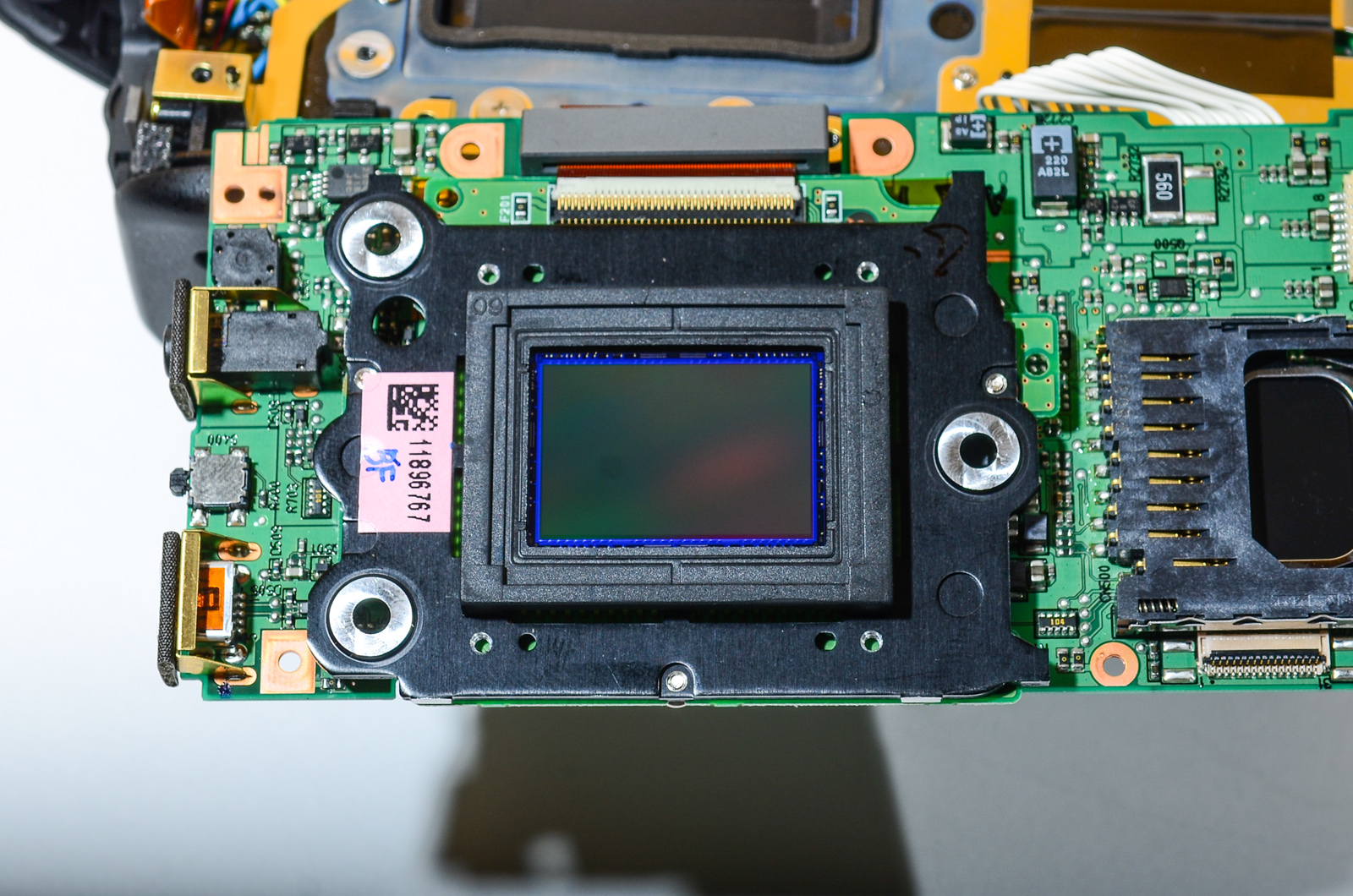
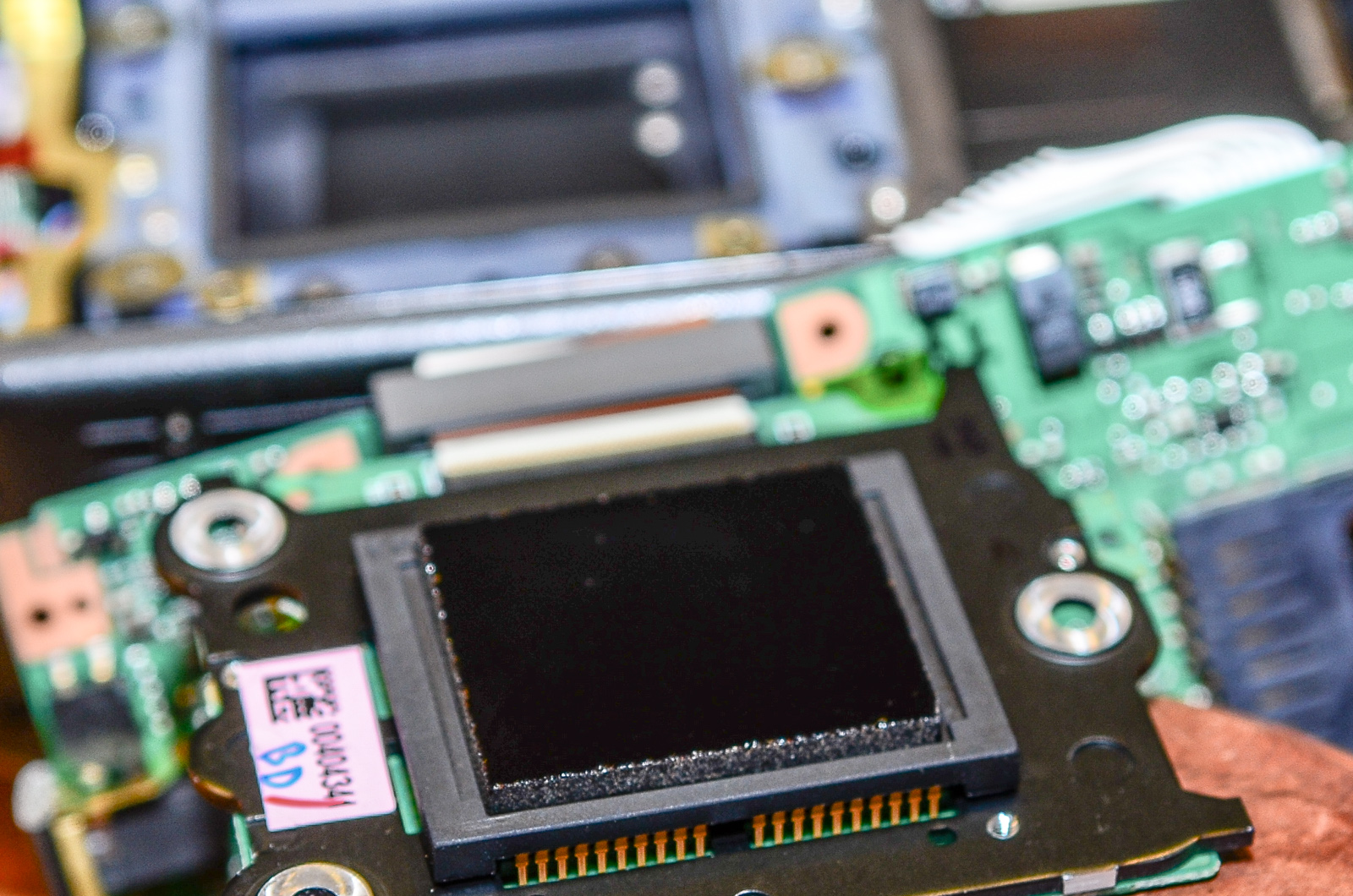
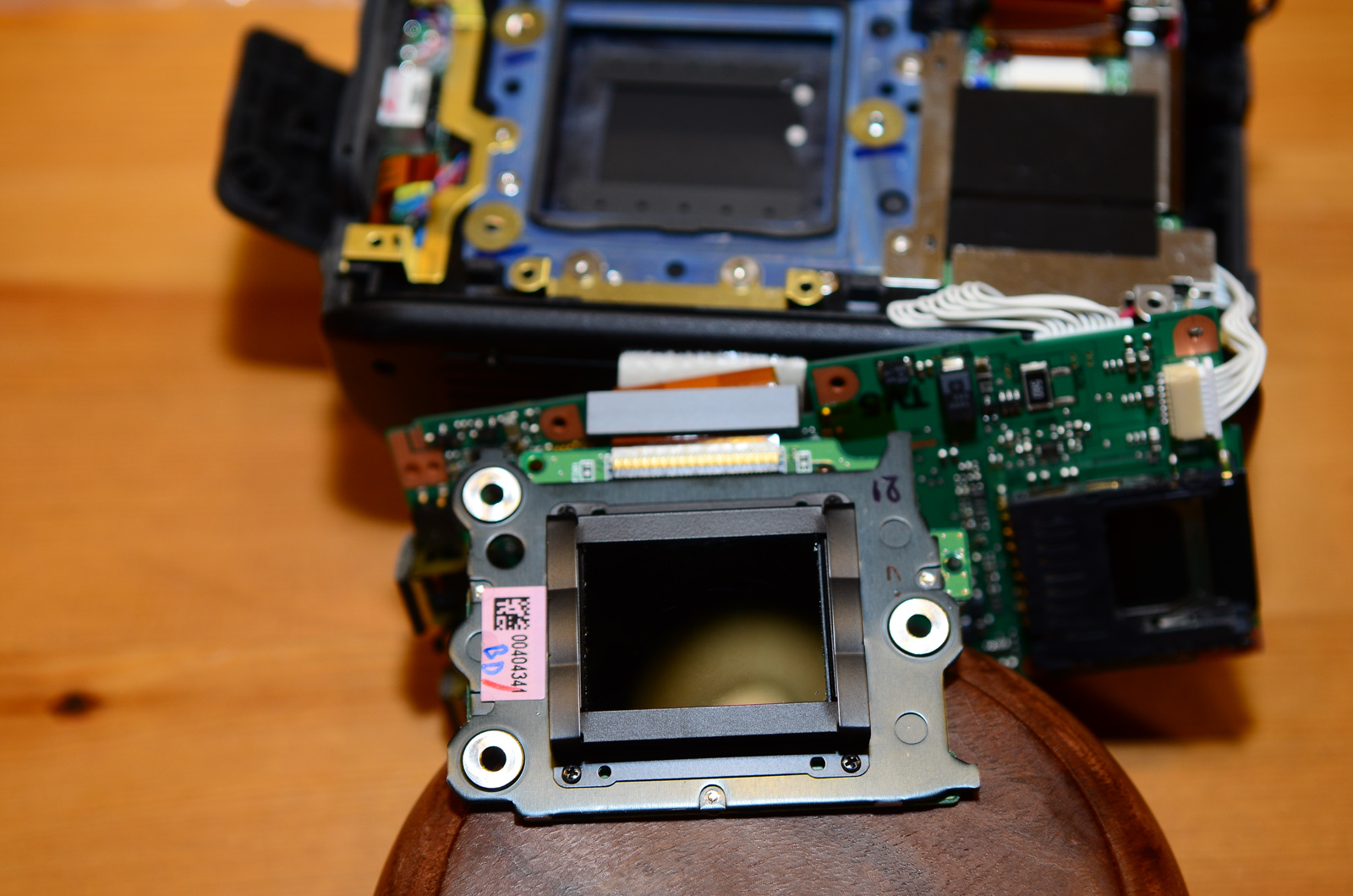
The D80 camera is very easy to open. See the pictures to follow.
- Loose the 4 screws on the bottom.
- Remove the 2-2 screws from the sides.
- Open the battery door and gently pull the bottom plate, meanwhile open the CF card door and gently pull the back panel. With a screwdriver you can help a bit to unclip that little notch on the back panel from the bottom plate.
- Flip the back panel up.
- Open that little black plastic lock to disconnect the flat-wires between the back panel and the camera.
- Remove the marked screws on the picture and remove the metal panel.
- Open that two black plastic locks to disconnect the flat-wires between the PCB and the body.
- One more screw to go!
- Flip the panel upright. Fix it with some tape in this position.
- Next, the sensor panel! Remove those three screws, gently pull up the bottom side and pull downward the panel.
- Flip the big PCB panel down followed by the sensor panel.
- The greenish protector glass is the IR blocking filter. That is what we need to replace.
- Unscrew the 4 screws around and remove that holder frame followed by the glass frame.
- Remove the filter glass.
The replacement IR filter needs to be cut to a certain size. I followed the recessed grooves on the rubber surface around the sensor. According to it, the new filter glass size is 29,5 mm x 25 mm. The glass goes under the glass frame but only on the top and bottom.
The new filter is thicker than the original, but the holder frame still have enough tension to hold it down. Before installing, it need to be cleaned very well!
After the new filter has been replaced I assembled the camera. Just do it in reversed order.
- Loose the 4 screws on the bottom.
- Remove the 2-2 screws from the sides.
- Open the battery door and gently pull the bottom plate, meanwhile open the CF card door and gently pull the back panel. With a screwdriver you can help a bit to unclip that little notch on the back panel from the bottom plate.
- Flip the back panel up.
- Open that little black plastic lock to disconnect the flat-wires between the back panel and the camera.
- Remove the marked screws on the picture and remove the metal panel.
- Open that two black plastic locks to disconnect the flat-wires between the PCB and the body.
- One more screw to go!
- Flip the panel upright. Fix it with some tape in this position.
- Next, the sensor panel! Remove those three screws, gently pull up the bottom side and pull downward the panel.
- Flip the big PCB panel down followed by the sensor panel.
- The greenish protector glass is the IR blocking filter. That is what we need to replace.
- Unscrew the 4 screws around and remove that holder frame followed by the glass frame.
- Remove the filter glass.
The replacement IR filter needs to be cut to a certain size. I followed the recessed grooves on the rubber surface around the sensor. According to it, the new filter glass size is 29,5 mm x 25 mm. The glass goes under the glass frame but only on the top and bottom.
The new filter is thicker than the original, but the holder frame still have enough tension to hold it down. Before installing, it need to be cleaned very well!
After the new filter has been replaced I assembled the camera. Just do it in reversed order.
Cutting the Filter
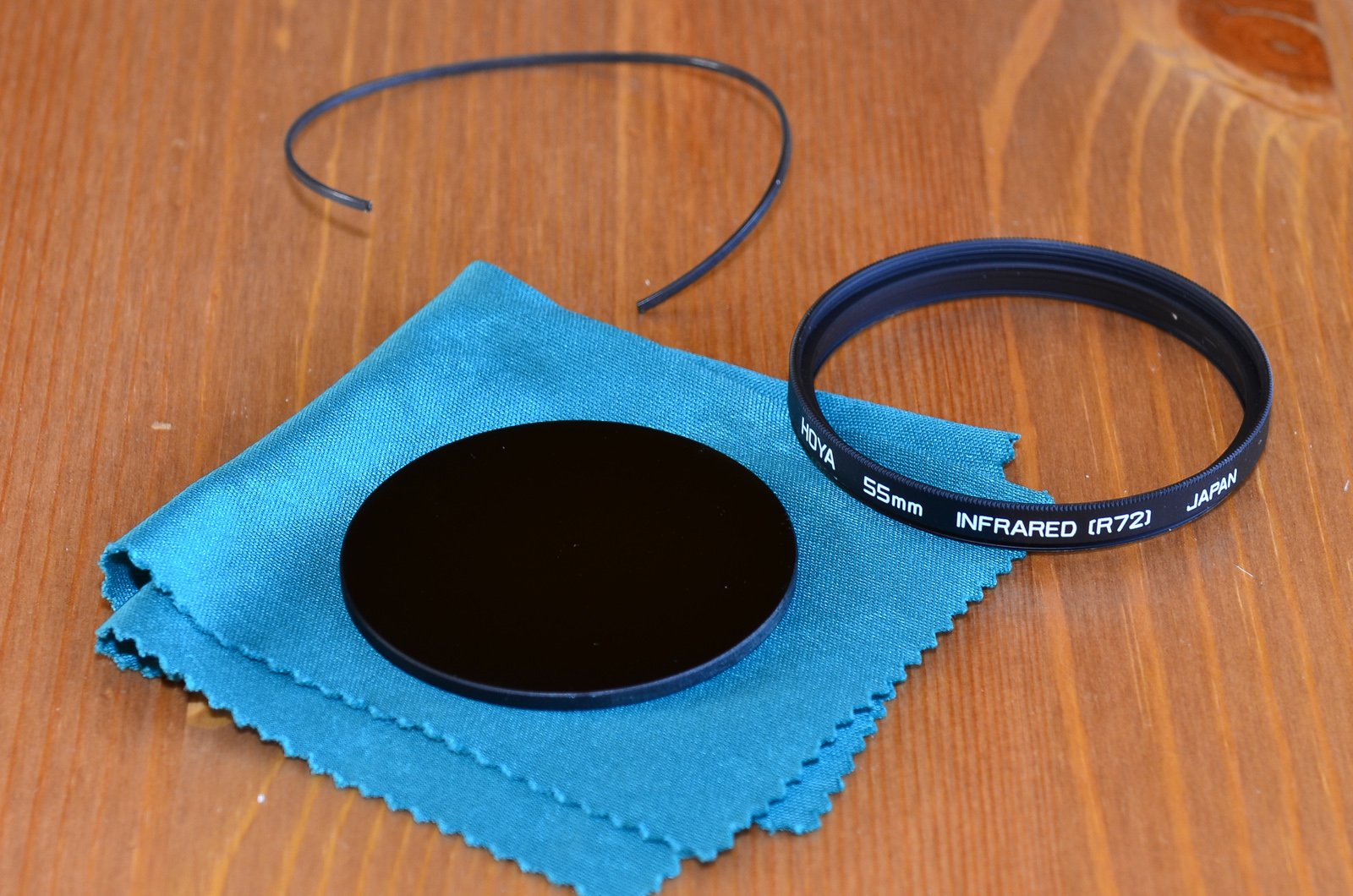
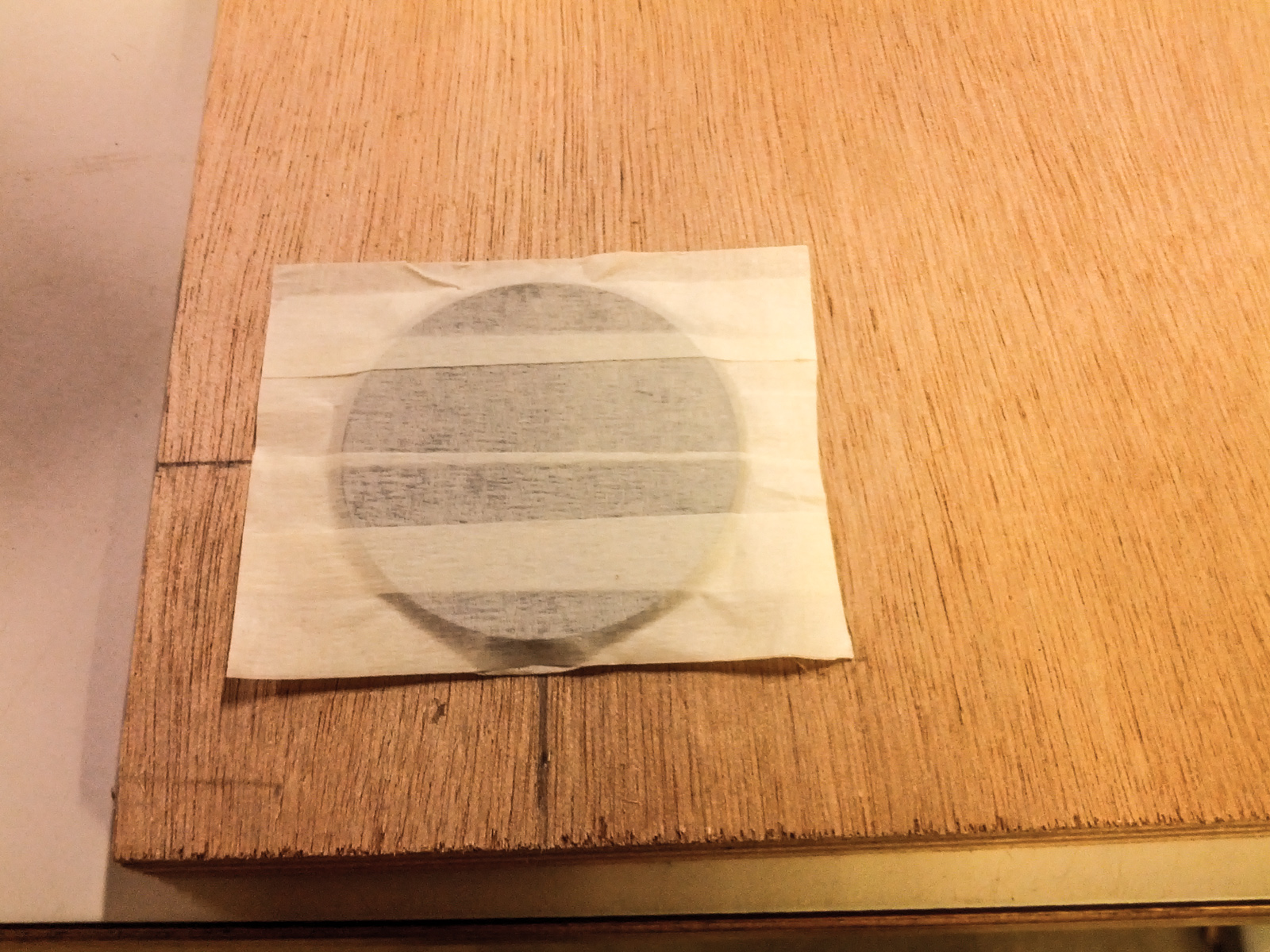
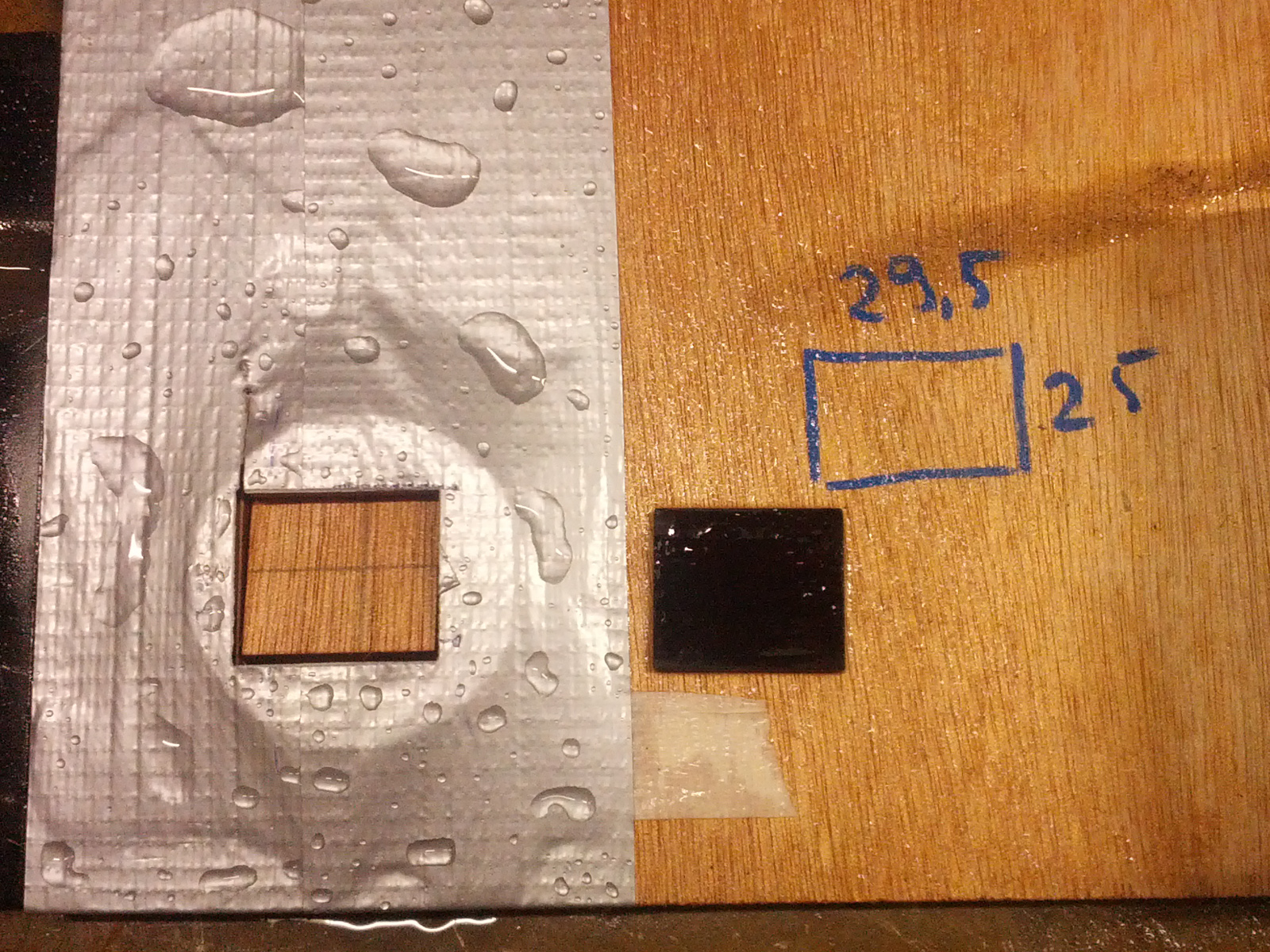
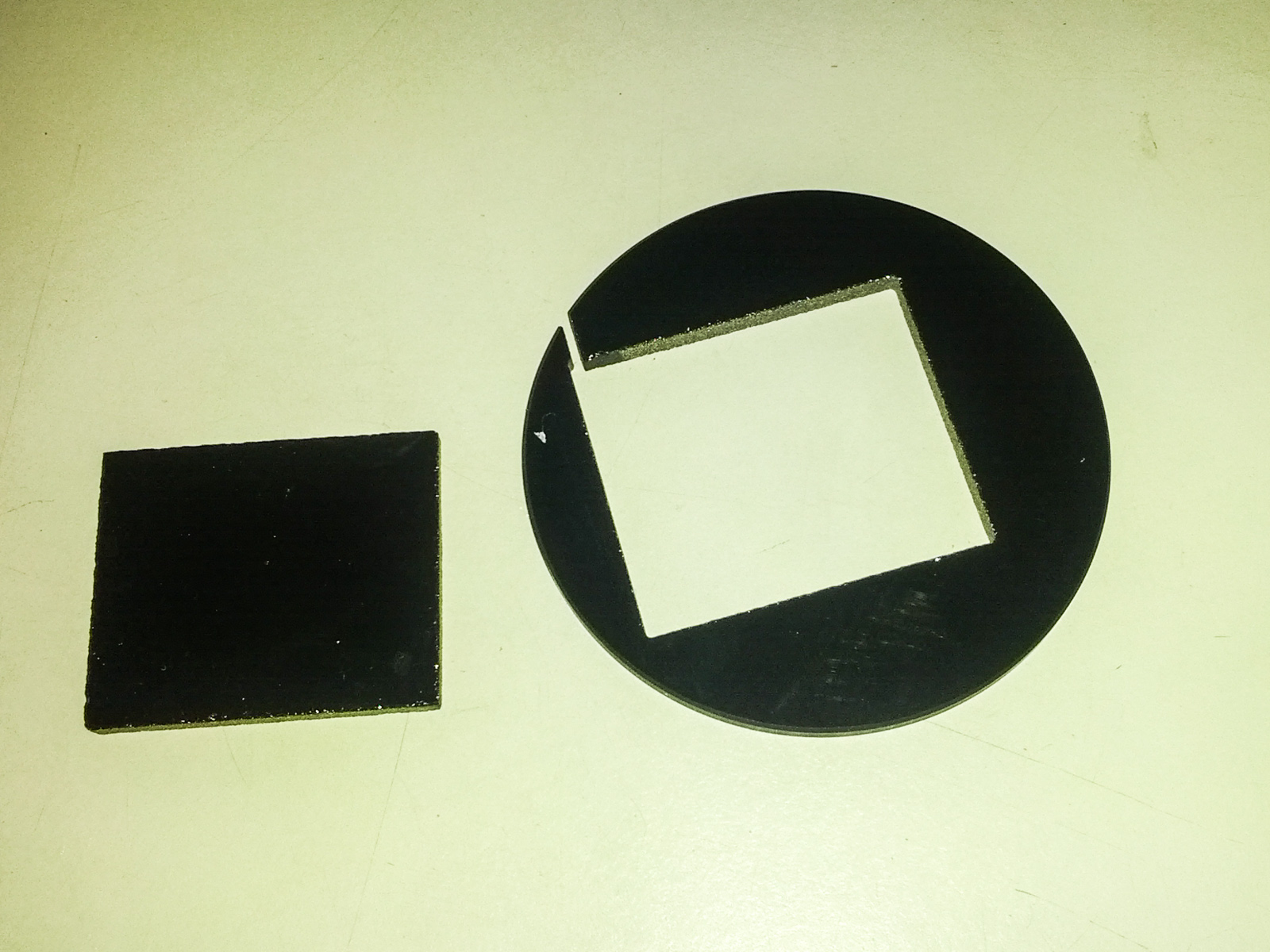
I can access a water-jet cutting machine, you can say its easy like that. Yeah indeed there some advantages. :) However it can be cut by hand or find a water-jet company to cut it for you.
First, I removed the glass from the frame by pulling that ring out which holds the glass in place. Then I taped the glass from both side with masking tape to avoid any scratch on it, than with duct tape I fixed it to a piece of wood to avoid it to slip during the cutting process.
All I needed is square piece in 29.5 x 25 mm.
First, I removed the glass from the frame by pulling that ring out which holds the glass in place. Then I taped the glass from both side with masking tape to avoid any scratch on it, than with duct tape I fixed it to a piece of wood to avoid it to slip during the cutting process.
All I needed is square piece in 29.5 x 25 mm.
Test Images
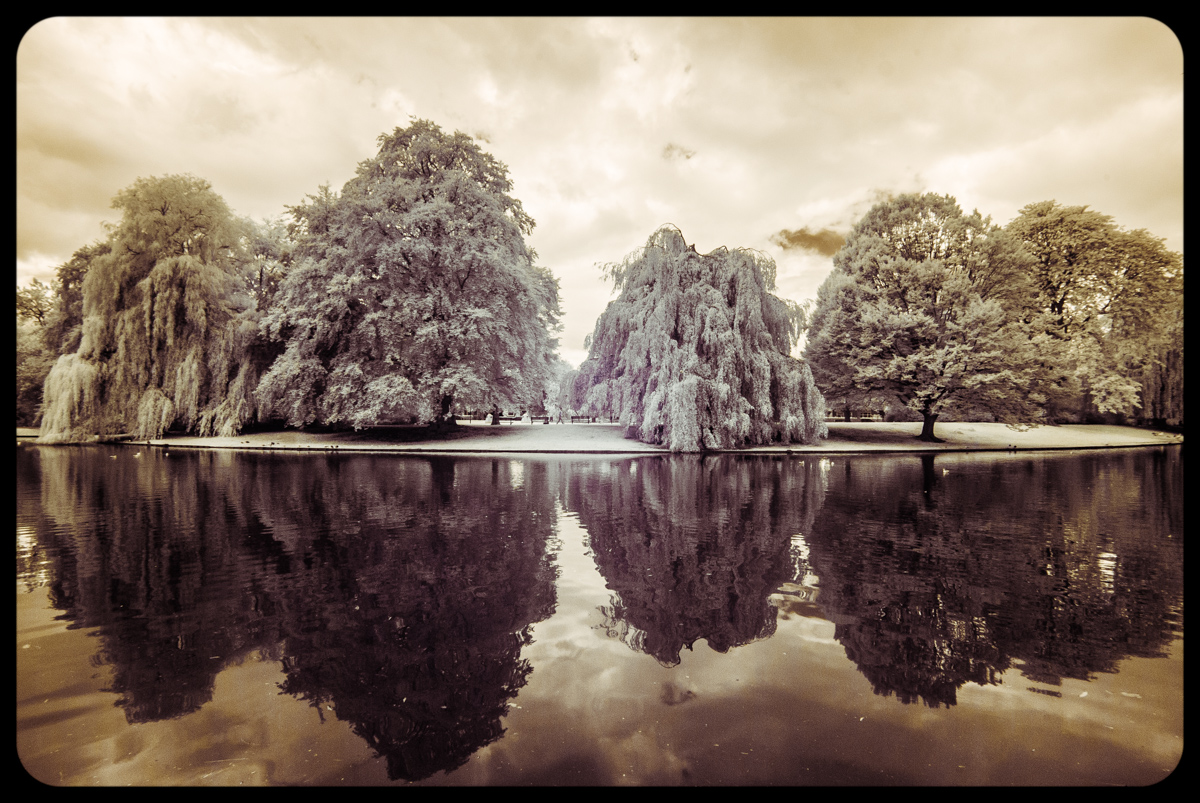
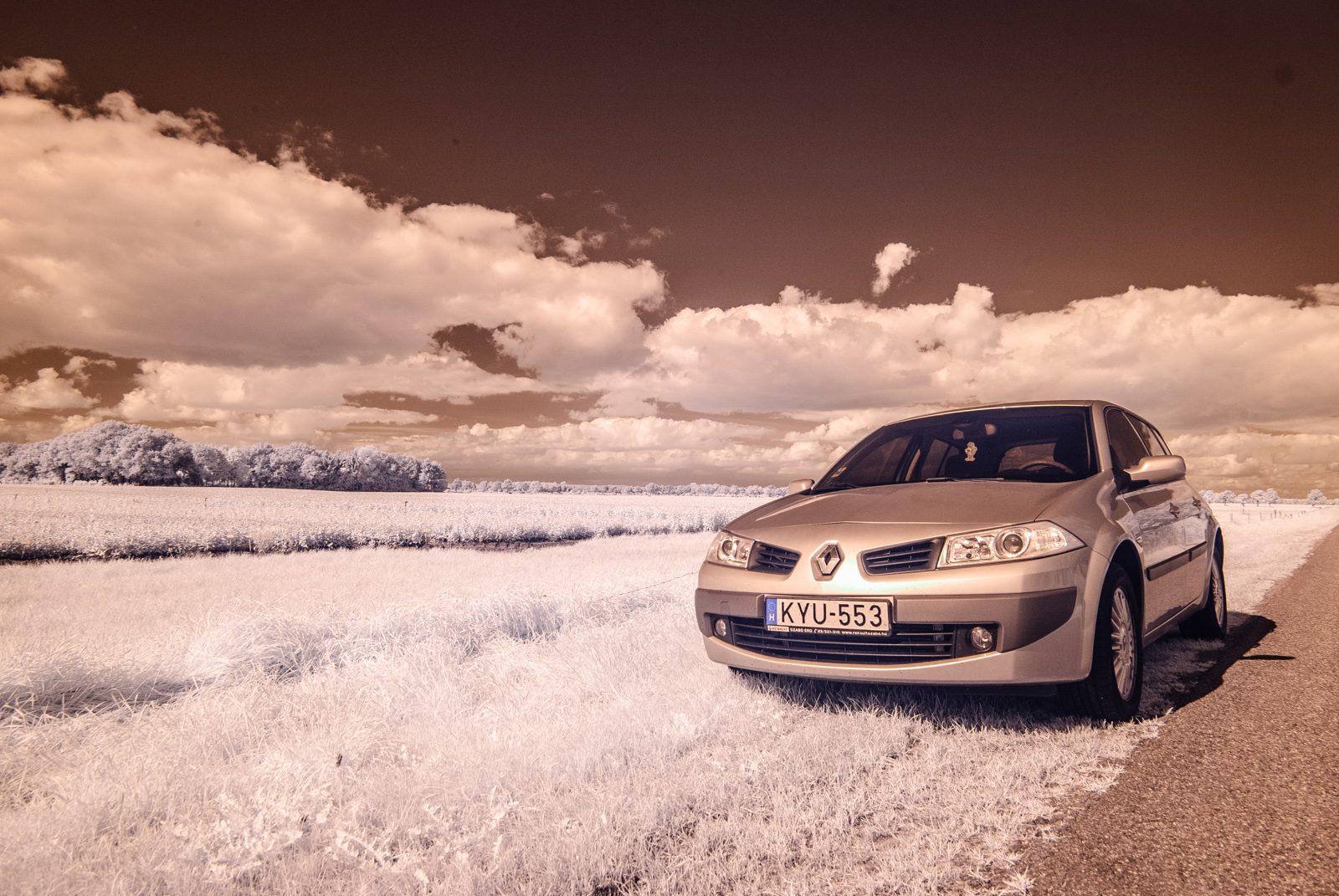
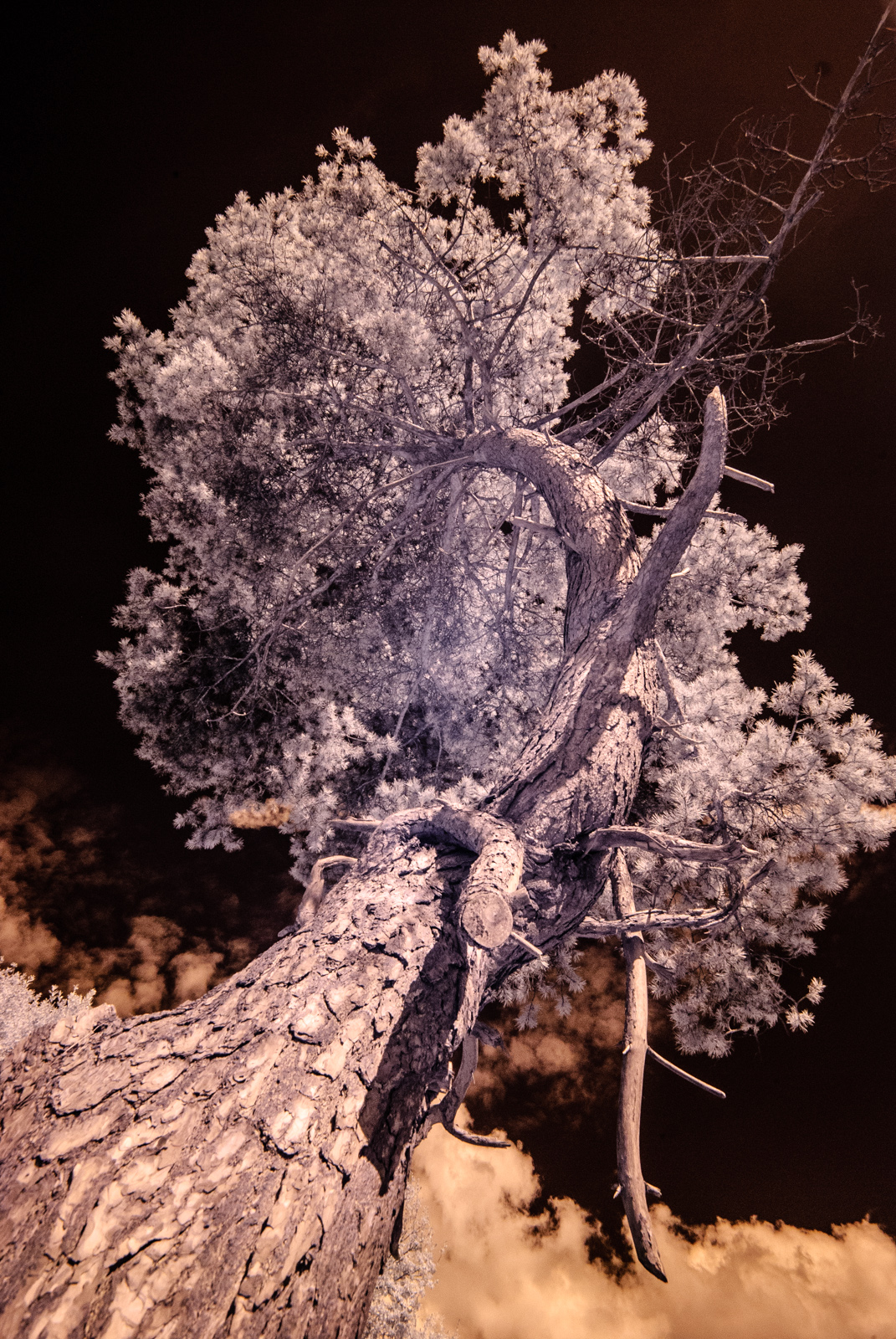
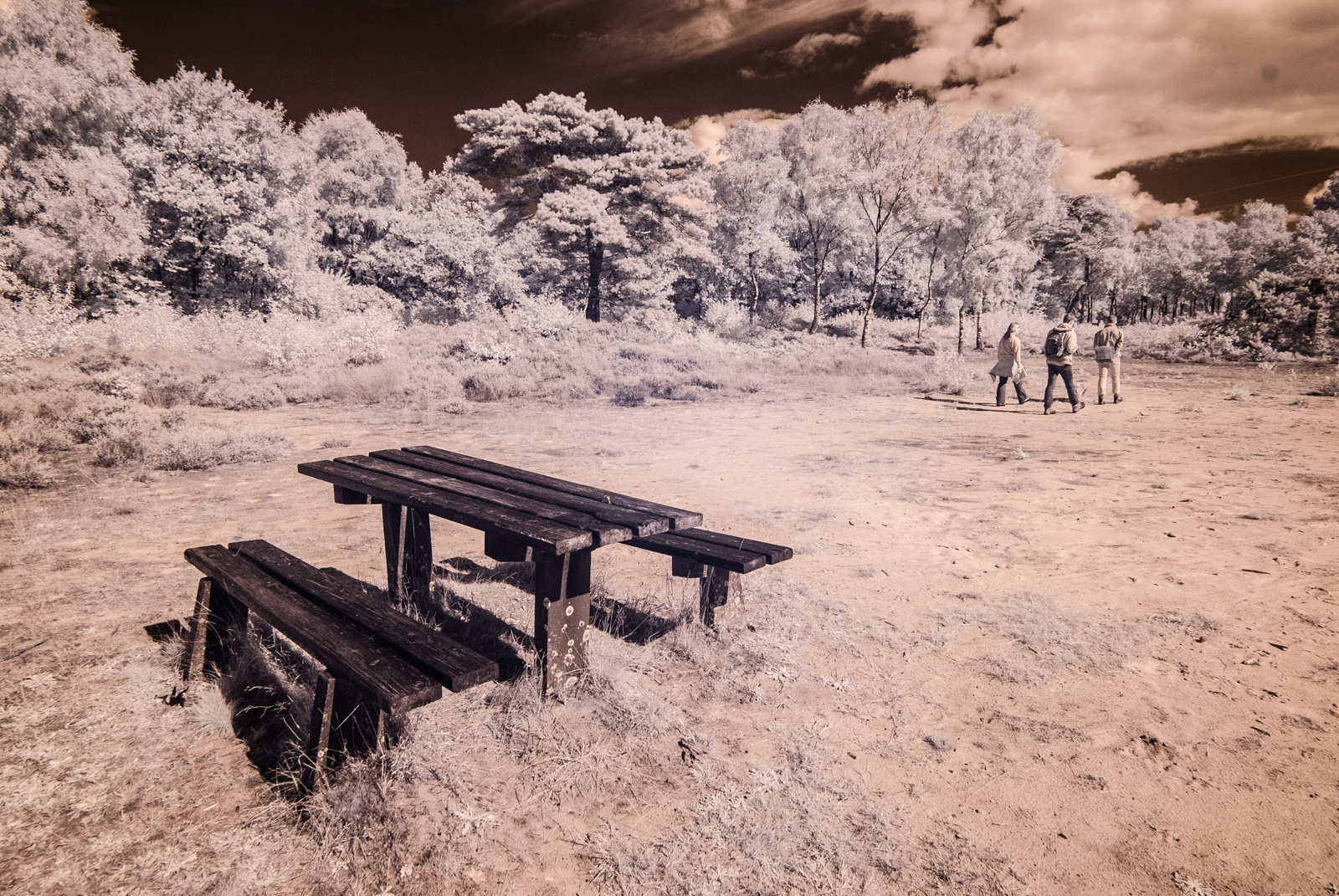
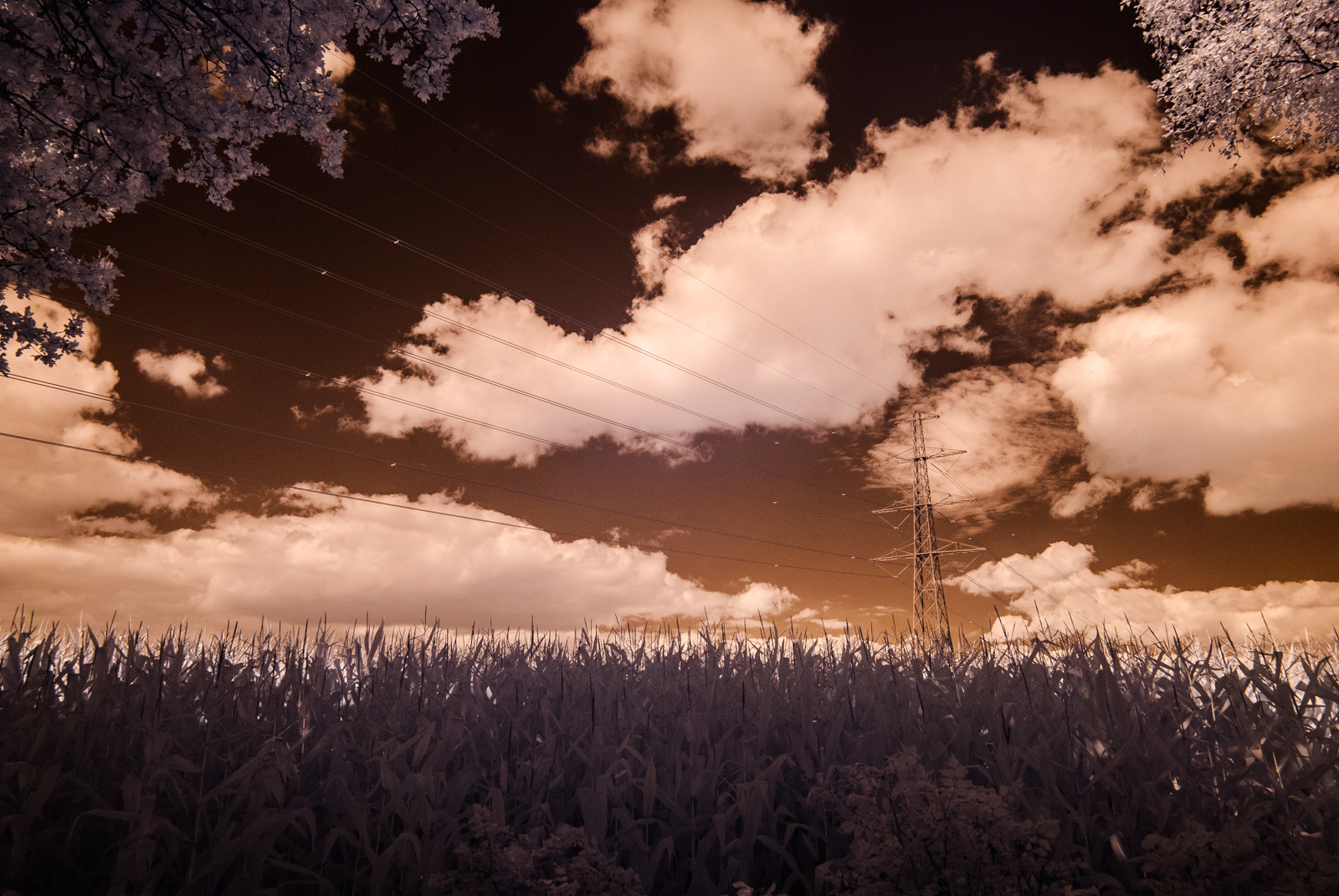
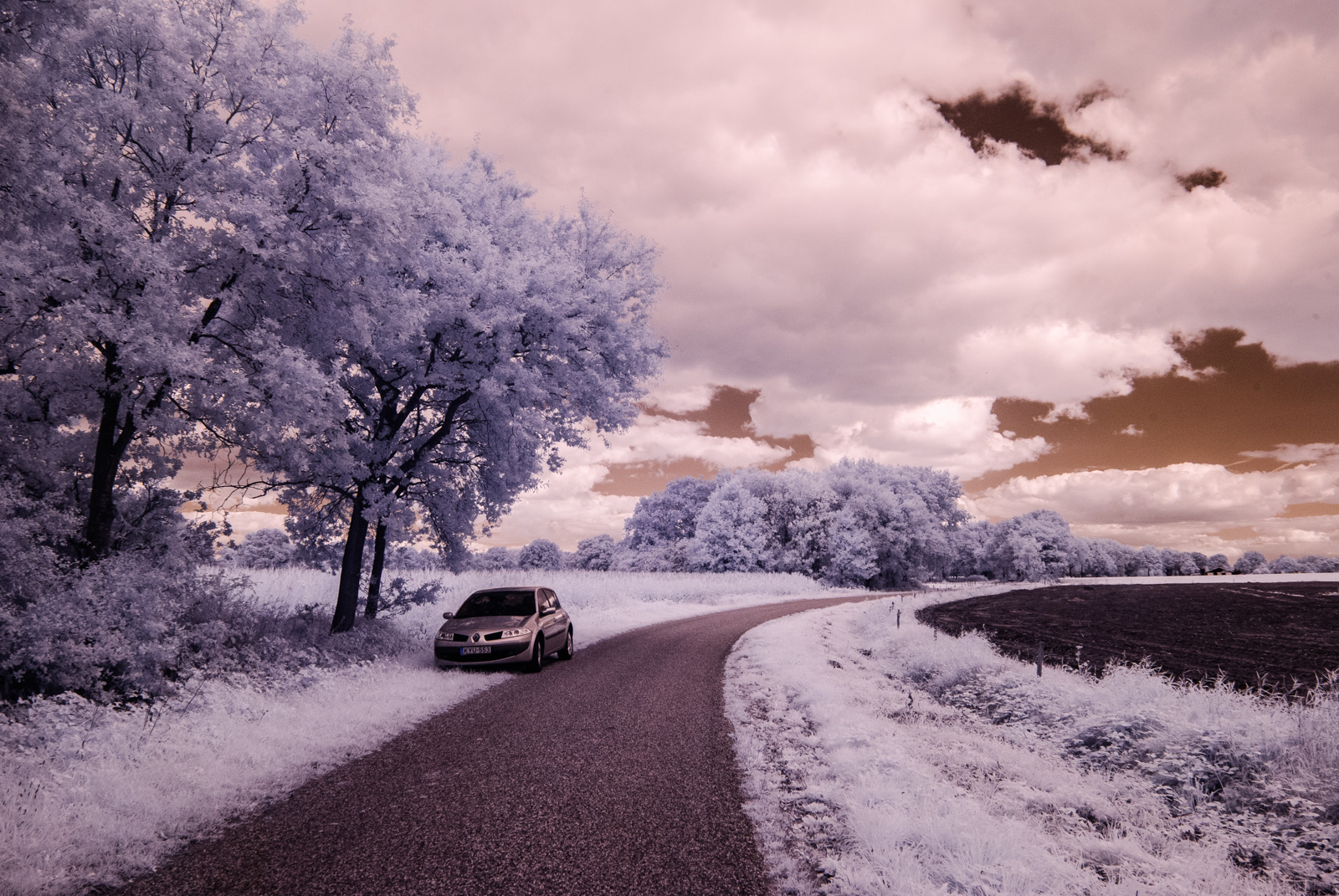
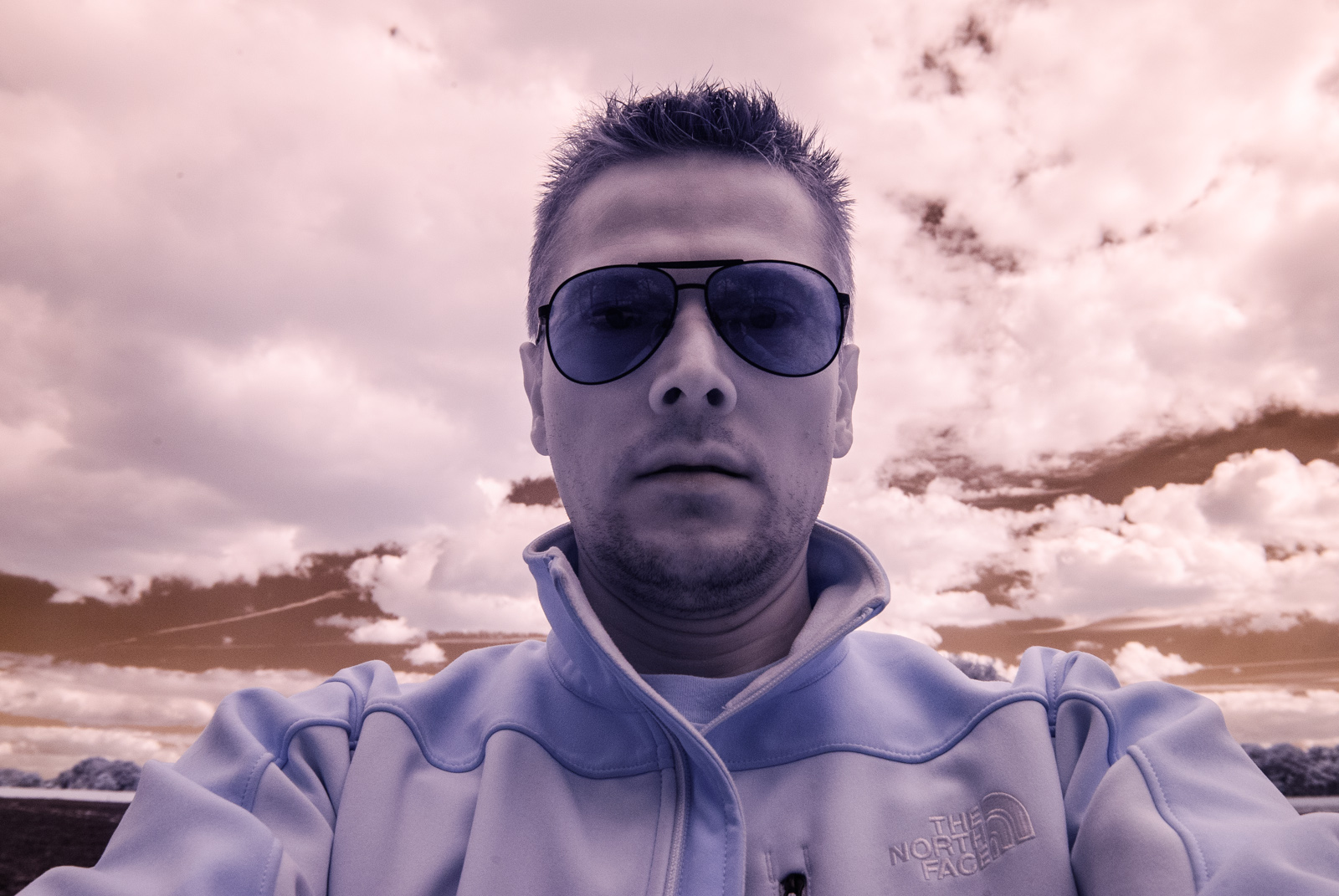
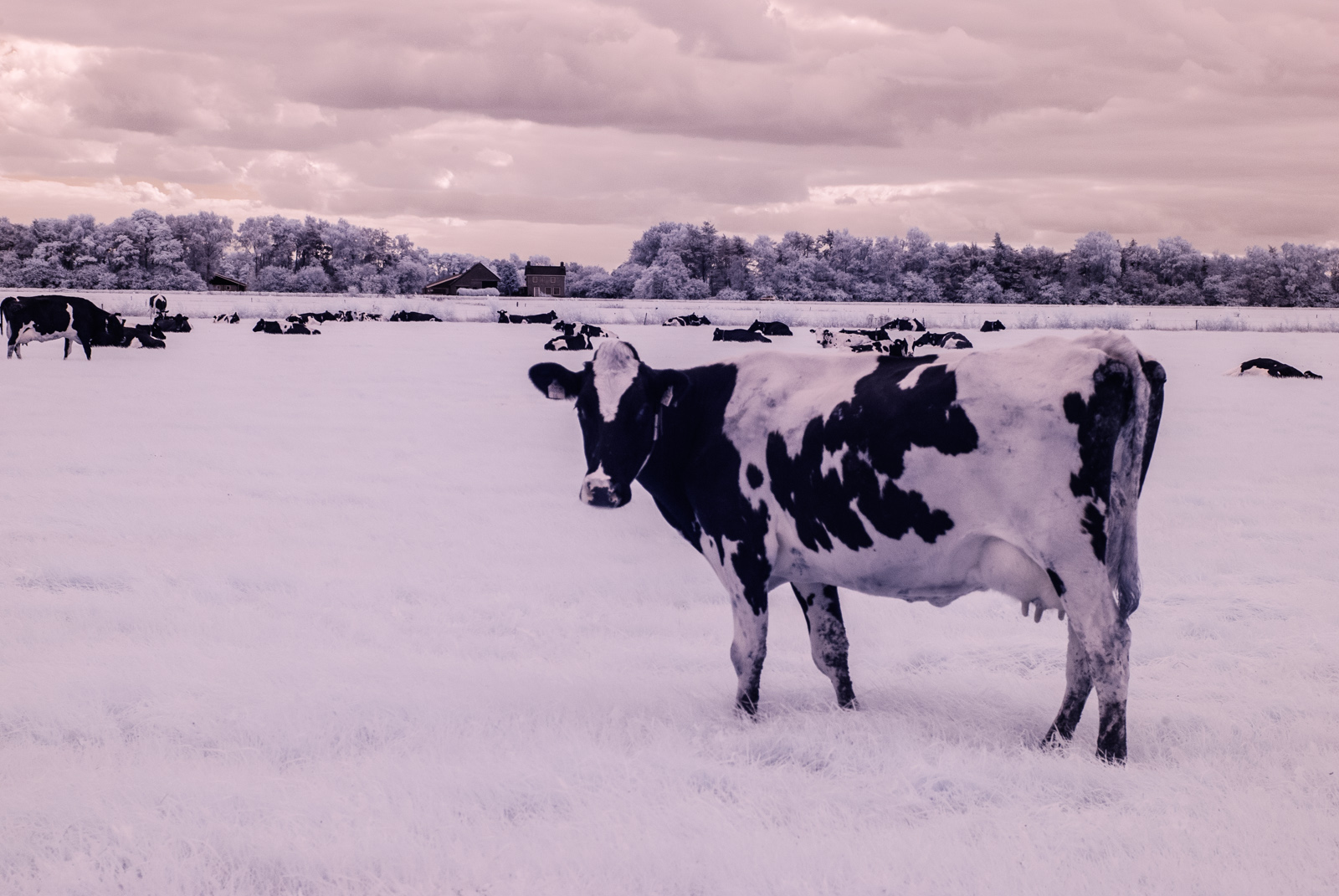
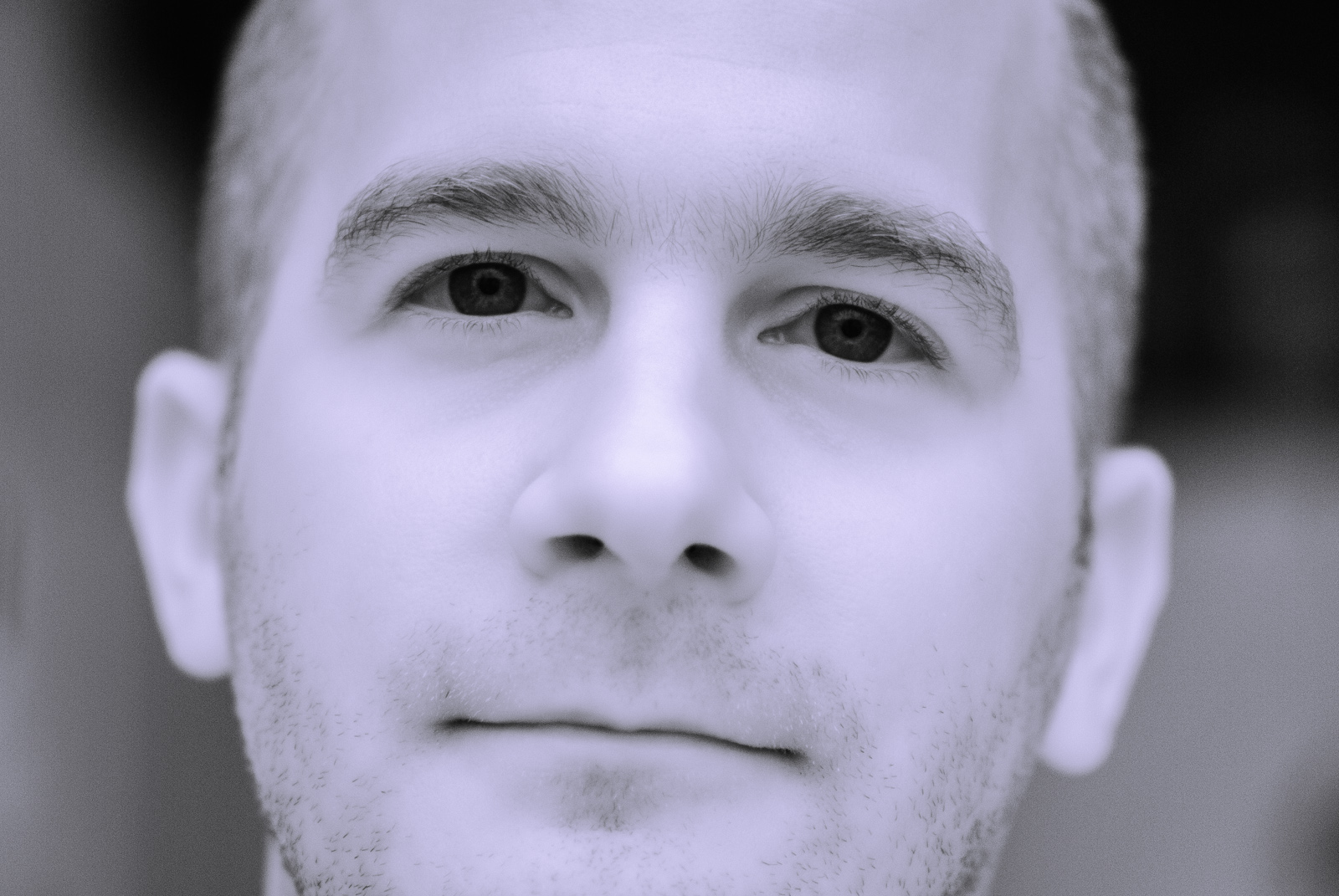
The next day I took the camera to do some test shots.
The plane shots from the IR camera looks monochrome red. Some setup required to achieve a nice results.
I set the white balance manually to the minimum to offset the red color more to the blue. The images are saved to RAW to have more control during the post process, and set the ISO to 100 to have less noise.
I am pretty satisfied with the pictures what I took. Interesting to see, that even if it's not sunny, the foliage reflect a lot of IR rays. As I see, darker the foliage, more IR rays it reflects. The human eye is weirdly dark, same as a car or any window, since the glass is blocking the IR rays. However the sunglasses are a bit see through! The blue sky is black, the clouds are just popping out.
The purplish camera pictures need some more white balance tweak during the post process. I pull it more down as much I can, and offset it to the blue color. Or just switch the hole thing to black & white. From this point this is matter of personal taste. As long I have RAW file I can always revert to the original and start it over.
The plane shots from the IR camera looks monochrome red. Some setup required to achieve a nice results.
I set the white balance manually to the minimum to offset the red color more to the blue. The images are saved to RAW to have more control during the post process, and set the ISO to 100 to have less noise.
I am pretty satisfied with the pictures what I took. Interesting to see, that even if it's not sunny, the foliage reflect a lot of IR rays. As I see, darker the foliage, more IR rays it reflects. The human eye is weirdly dark, same as a car or any window, since the glass is blocking the IR rays. However the sunglasses are a bit see through! The blue sky is black, the clouds are just popping out.
The purplish camera pictures need some more white balance tweak during the post process. I pull it more down as much I can, and offset it to the blue color. Or just switch the hole thing to black & white. From this point this is matter of personal taste. As long I have RAW file I can always revert to the original and start it over.